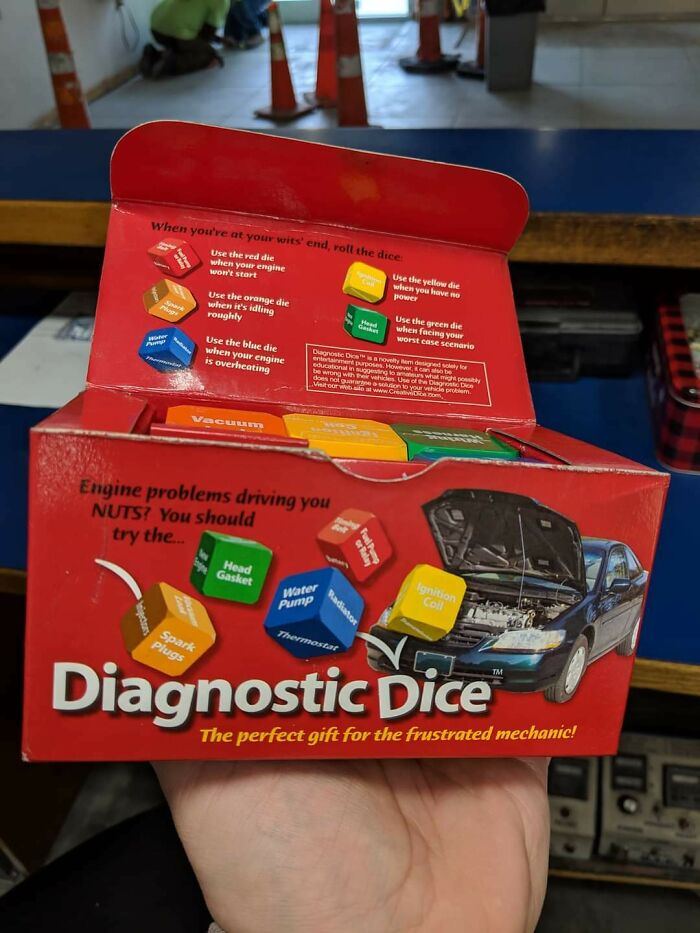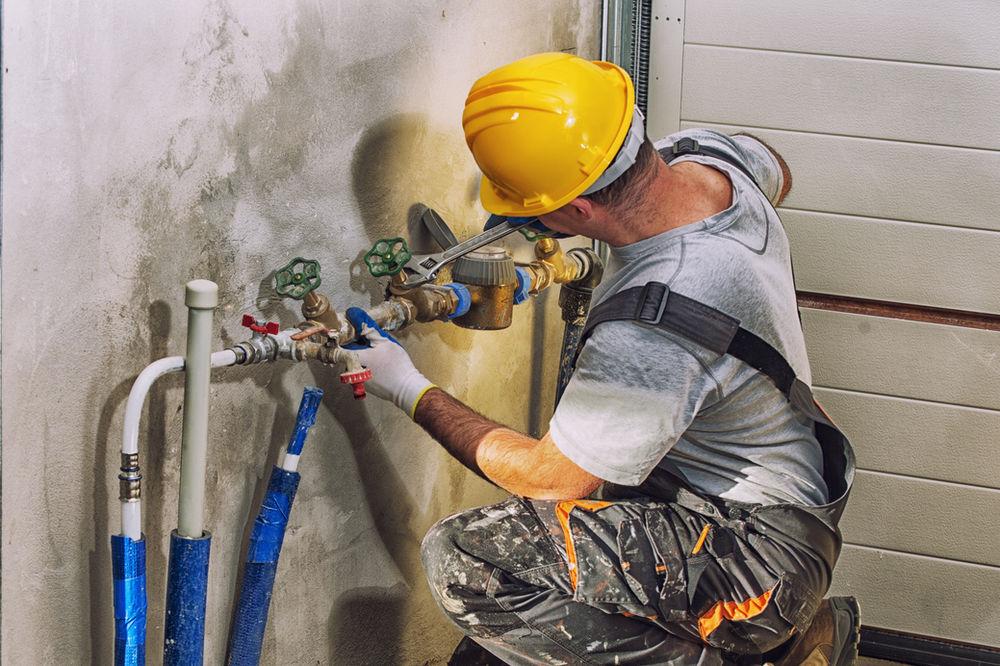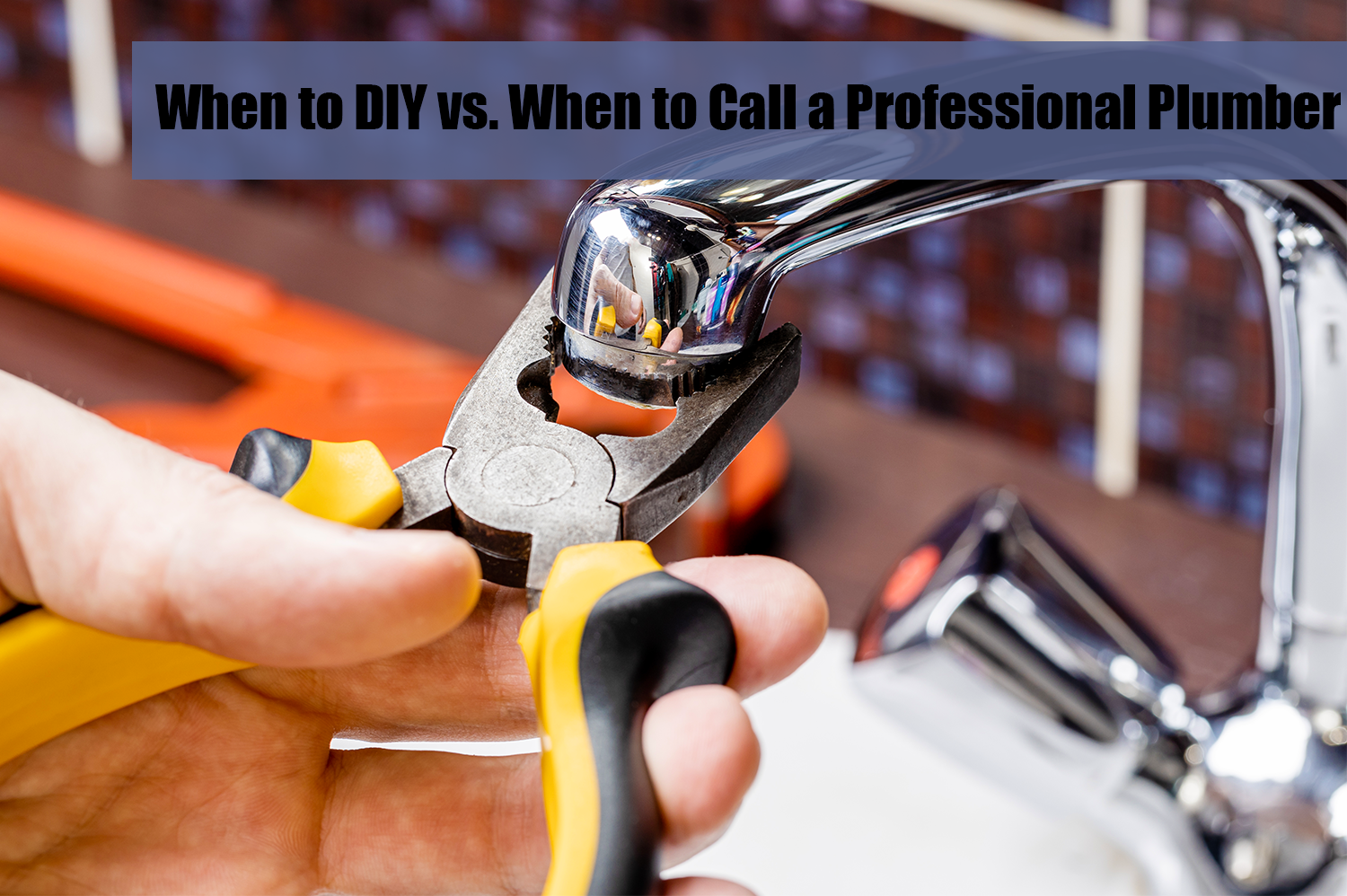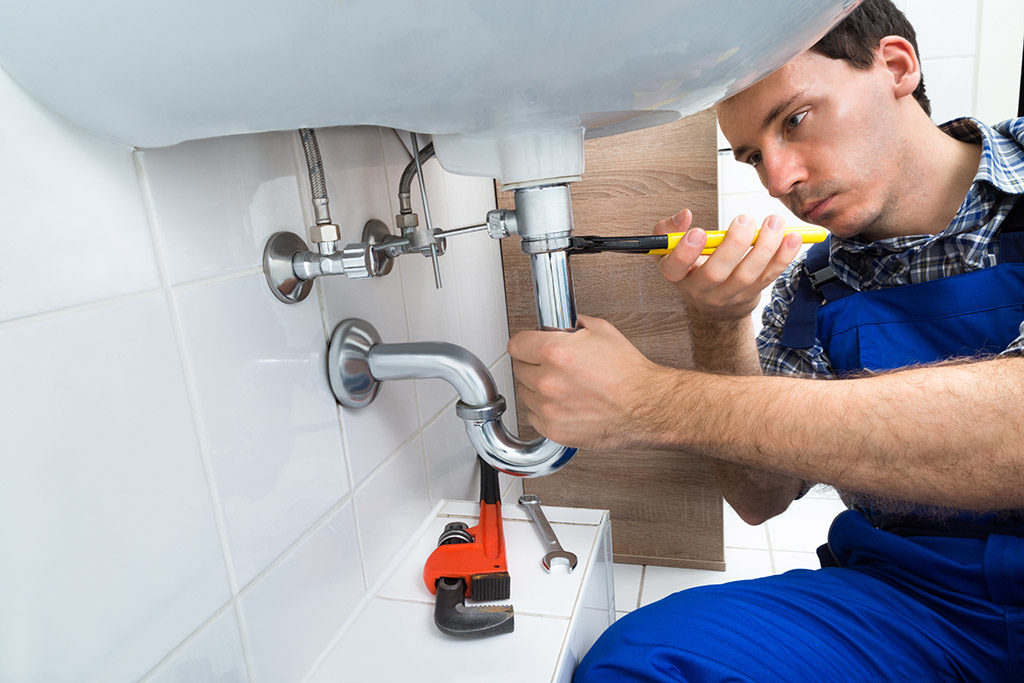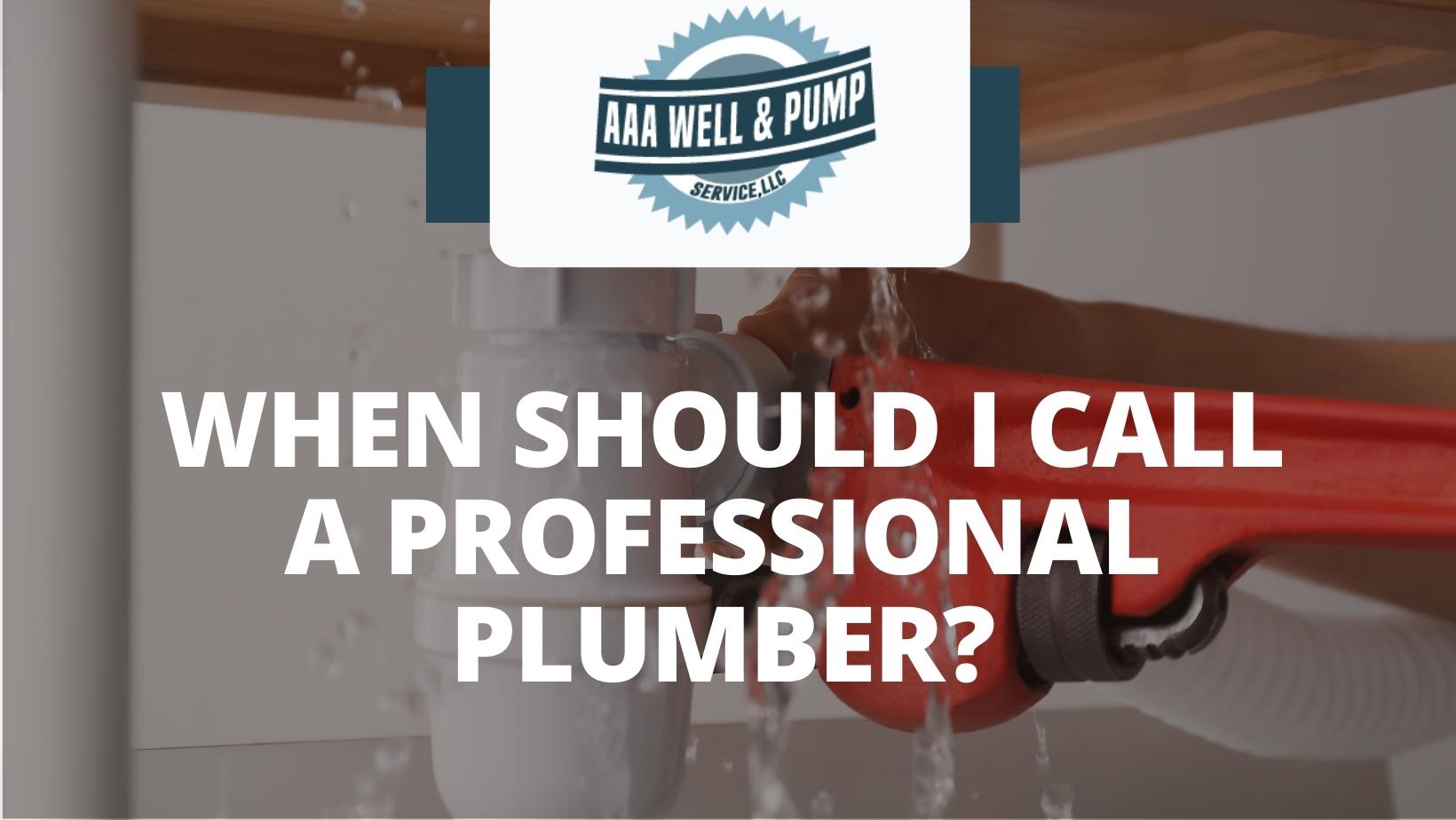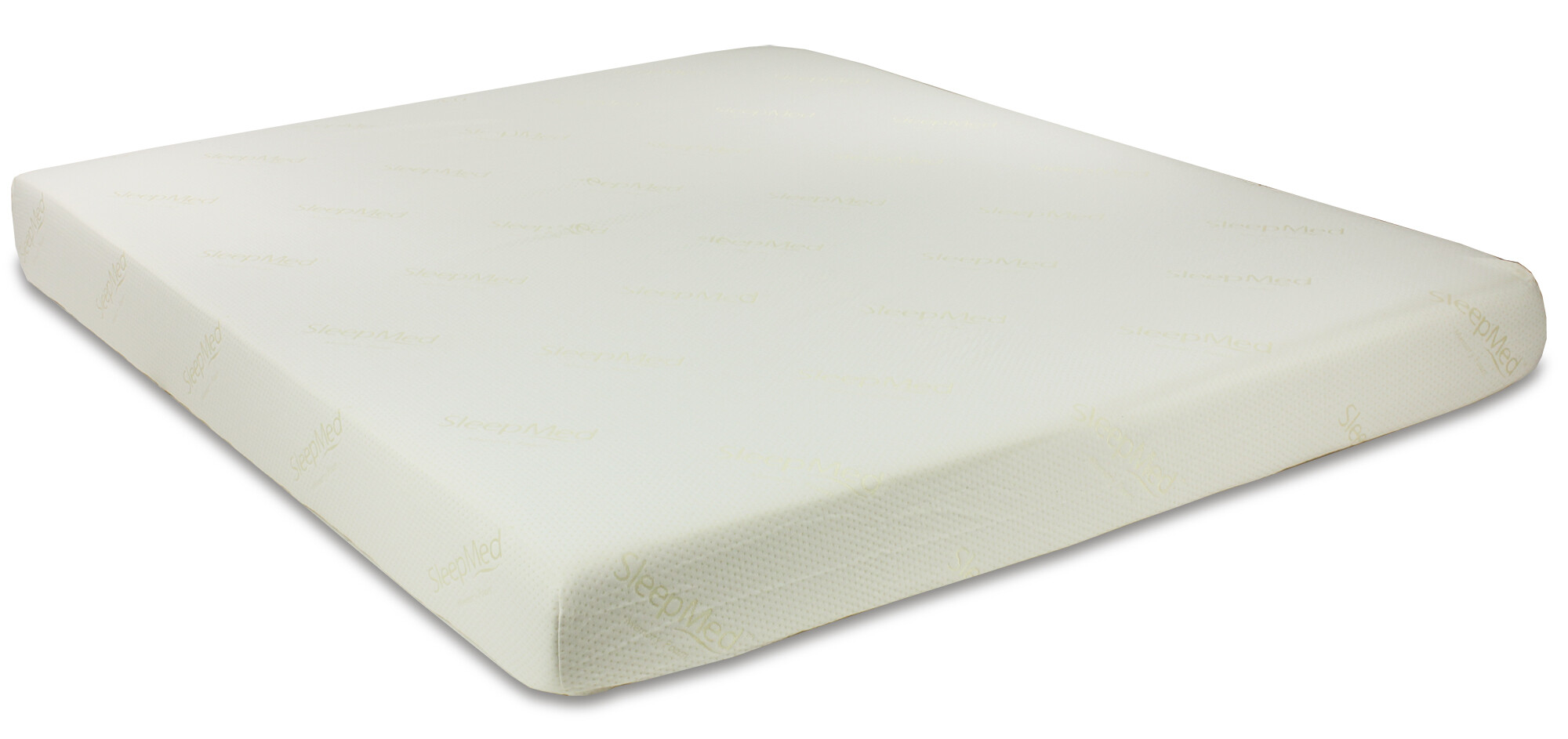1. Use a plunger
If your kitchen sink with a garbage disposal is clogged, one of the first things you can try is using a plunger. This tool is not just for toilets, it can also be effective in unclogging sinks. Make sure to use a plunger specifically designed for sinks, as it will have a flat bottom to create a better seal over the drain.
To use the plunger, fill the sink with a few inches of water and place the plunger over the drain, making sure to cover it completely. Then, push and pull the plunger up and down vigorously for about 30 seconds. This should create enough suction to dislodge any blockages in the drain.
Featured keyword: plunger
2. Try a drain snake
If the plunger doesn't work, you can also try using a drain snake. This tool is a long, flexible metal cable with a hook at the end. It is designed to be inserted into the drain and used to pull out any clogs.
To use a drain snake, insert the end with the hook into the drain and start turning the handle on the other end. As you turn, the snake will work its way through the pipes, grabbing onto any debris and pulling it out. Once you feel like you've cleared the blockage, run hot water down the drain to flush out any remaining debris.
Featured keyword: drain snake
3. Use a mixture of baking soda and vinegar
If you prefer a more natural approach, you can try using a mixture of baking soda and vinegar to unclog your kitchen sink. This method works by creating a chemical reaction that can break down and dissolve any debris in the drain.
To use this method, start by pouring about half a cup of baking soda down the drain, followed by half a cup of vinegar. Let the mixture sit for about 15 minutes, then pour hot water down the drain to flush out any remaining debris.
Featured keywords: baking soda, vinegar
4. Use a chemical drain cleaner
If the clog is particularly stubborn and the above methods haven't worked, you can try using a chemical drain cleaner. These products contain strong chemicals that can dissolve and break down blockages in the drain.
When using a chemical drain cleaner, make sure to follow the instructions carefully and use protective gloves and eyewear. Also, make sure to only use the recommended amount and avoid mixing different types of cleaners, as this can create dangerous fumes.
Featured keyword: chemical drain cleaner
5. Check the garbage disposal for any clogs
If your kitchen sink has a garbage disposal, it's possible that the clog is actually in the disposal unit. To check for clogs, turn off the power to the disposal and use tongs or pliers to remove any visible debris or blockages. You can also try using a flashlight to see if there are any clogs further down in the disposal.
Featured keywords: garbage disposal, clogs
6. Use a wet/dry vacuum to suck out any debris
If you have a wet/dry vacuum, you can use it to suck out any debris that may be causing the clog in your kitchen sink. Make sure to set the vacuum to the wet setting and use the hose attachment to reach into the drain and suck out any debris.
Featured keywords: wet/dry vacuum, debris
7. Remove and clean the P-trap
The P-trap is the curved pipe located under the sink that is designed to catch debris and prevent it from going further down the drain. However, sometimes this trap can become clogged and needs to be cleaned out. To do this, place a bucket or bowl under the trap and use a wrench to loosen the nuts that hold it in place. Once the trap is removed, clean out any debris and reattach it.
Featured keywords: P-trap, clogged, clean
8. Use a plumbing snake to clear the drain line
If the clog is further down in the drain line, you may need to use a plumbing snake to reach it. This tool is similar to a drain snake, but is longer and more heavy-duty, making it suitable for tackling tougher clogs.
To use a plumbing snake, insert it into the drain and turn the handle to feed it further down the pipe. When you feel like you've reached the clog, continue turning the handle to break it up and remove it. Once you feel like the clog has been cleared, run hot water down the drain to flush out any remaining debris.
Featured keywords: plumbing snake, drain line, clog
9. Try a homemade drain cleaner using salt, baking soda, and hot water
Another natural option for unclogging a kitchen sink with a garbage disposal is using a homemade drain cleaner. To make this, mix together half a cup of salt, half a cup of baking soda, and a few cups of hot water. Pour the mixture down the drain and let it sit for about 15 minutes. Then, run hot water down the drain to flush out any remaining debris.
Featured keywords: homemade drain cleaner, salt, hot water
10. Call a professional plumber if all else fails
If none of the above methods work, it may be time to call a professional plumber. They will have the tools and expertise to diagnose and fix any issues with your kitchen sink and garbage disposal. It's always better to seek professional help than to risk causing further damage to your plumbing system.
Featured keywords: professional plumber, plumbing system
In conclusion, a clogged kitchen sink with a garbage disposal can be a frustrating and inconvenient problem to deal with. However, with these tips and tricks, you can effectively unclog your sink and get your kitchen back to functioning properly. Remember to always follow safety precautions and seek professional help if needed.
Professional Tips for Unclogging a Kitchen Sink with a Garbage Disposal
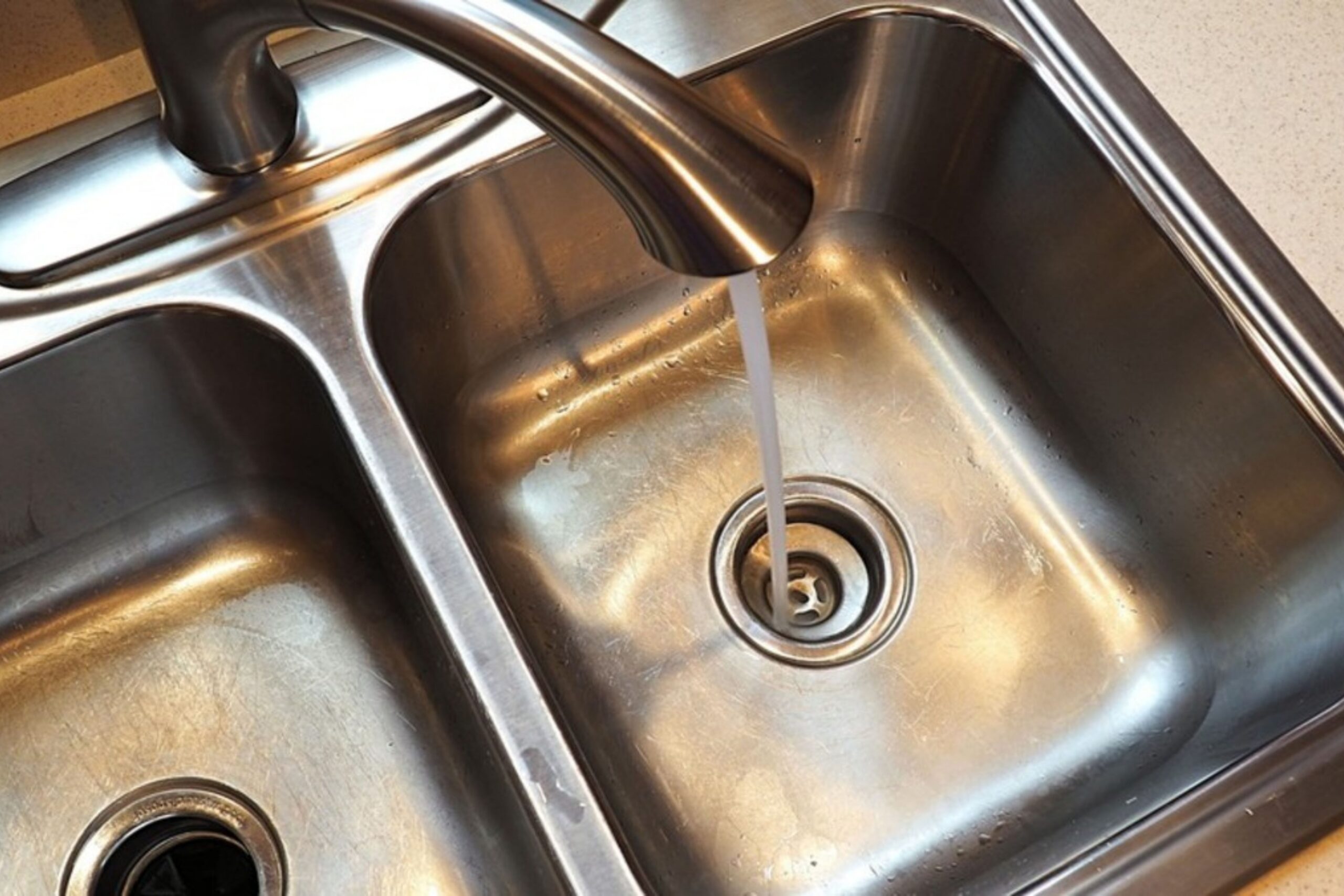
Introduction to Kitchen Sink Clogs
 A clogged kitchen sink can be a major inconvenience and can disrupt your daily routine. This is especially true if you have a garbage disposal, as it can become clogged with food particles, grease, and other debris. Not only does a clogged kitchen sink affect the functionality of your sink, but it can also cause unpleasant odors and potential plumbing issues. Fortunately, there are simple and effective methods for unclogging a kitchen sink with a garbage disposal.
A clogged kitchen sink can be a major inconvenience and can disrupt your daily routine. This is especially true if you have a garbage disposal, as it can become clogged with food particles, grease, and other debris. Not only does a clogged kitchen sink affect the functionality of your sink, but it can also cause unpleasant odors and potential plumbing issues. Fortunately, there are simple and effective methods for unclogging a kitchen sink with a garbage disposal.
Step 1: Identify the Problem
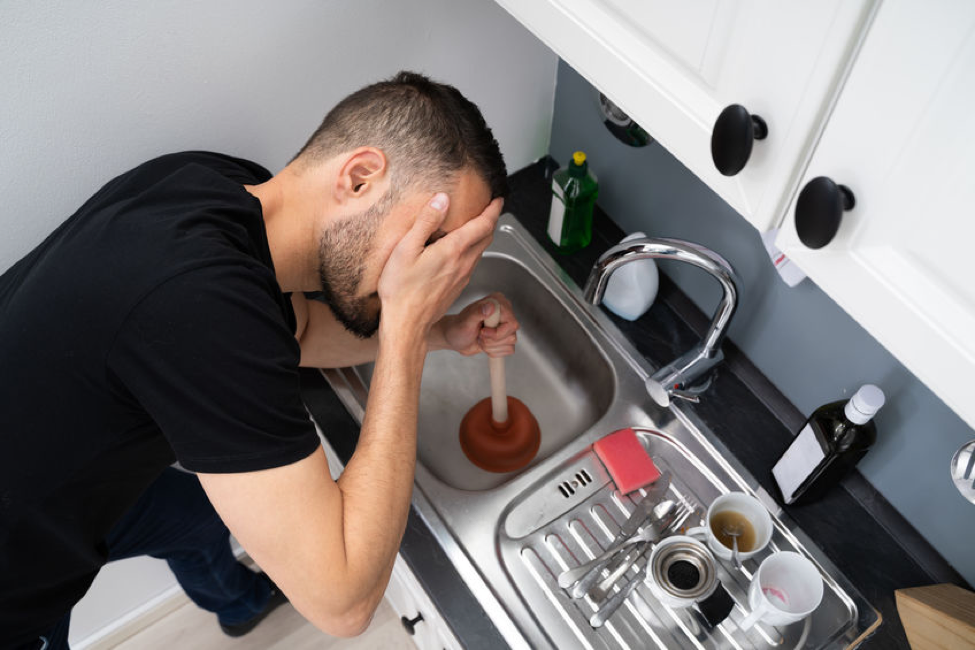 Before attempting to unclog your kitchen sink, it's important to identify the source of the clog. The first step is to determine whether the clog is located in the garbage disposal or the drain. To do this, turn on the water and run it down the drain. If the water begins to back up and the sink doesn't drain, the clog is most likely in the drain. However, if the water does drain but the garbage disposal is making a humming noise or not functioning properly, then the clog is most likely in the garbage disposal.
Before attempting to unclog your kitchen sink, it's important to identify the source of the clog. The first step is to determine whether the clog is located in the garbage disposal or the drain. To do this, turn on the water and run it down the drain. If the water begins to back up and the sink doesn't drain, the clog is most likely in the drain. However, if the water does drain but the garbage disposal is making a humming noise or not functioning properly, then the clog is most likely in the garbage disposal.
Step 2: Turn off the Power
 For safety purposes, it's important to turn off the power to your garbage disposal before attempting to unclog it. This can be done by unplugging the disposal from the outlet or turning off the circuit breaker that controls the disposal.
For safety purposes, it's important to turn off the power to your garbage disposal before attempting to unclog it. This can be done by unplugging the disposal from the outlet or turning off the circuit breaker that controls the disposal.
Step 3: Clear the Blockage
 Once the power is turned off, you can begin to clear the blockage from the garbage disposal. One method is to use a plunger to create suction and dislodge the clog. Alternatively, you can use a pair of tongs or a long-handled brush to manually remove the debris from the disposal. Be sure to use caution and never put your hand directly into the disposal.
Once the power is turned off, you can begin to clear the blockage from the garbage disposal. One method is to use a plunger to create suction and dislodge the clog. Alternatively, you can use a pair of tongs or a long-handled brush to manually remove the debris from the disposal. Be sure to use caution and never put your hand directly into the disposal.
Step 4: Flush with Hot Water and Baking Soda
 After removing the clog, it's important to flush the disposal with hot water and baking soda. This will help to eliminate any remaining debris and deodorize the disposal. Simply pour half a cup of baking soda down the drain, followed by a cup of hot water. Let it sit for a few minutes before running the disposal with hot water for a few seconds.
After removing the clog, it's important to flush the disposal with hot water and baking soda. This will help to eliminate any remaining debris and deodorize the disposal. Simply pour half a cup of baking soda down the drain, followed by a cup of hot water. Let it sit for a few minutes before running the disposal with hot water for a few seconds.
Step 5: Prevent Future Clogs
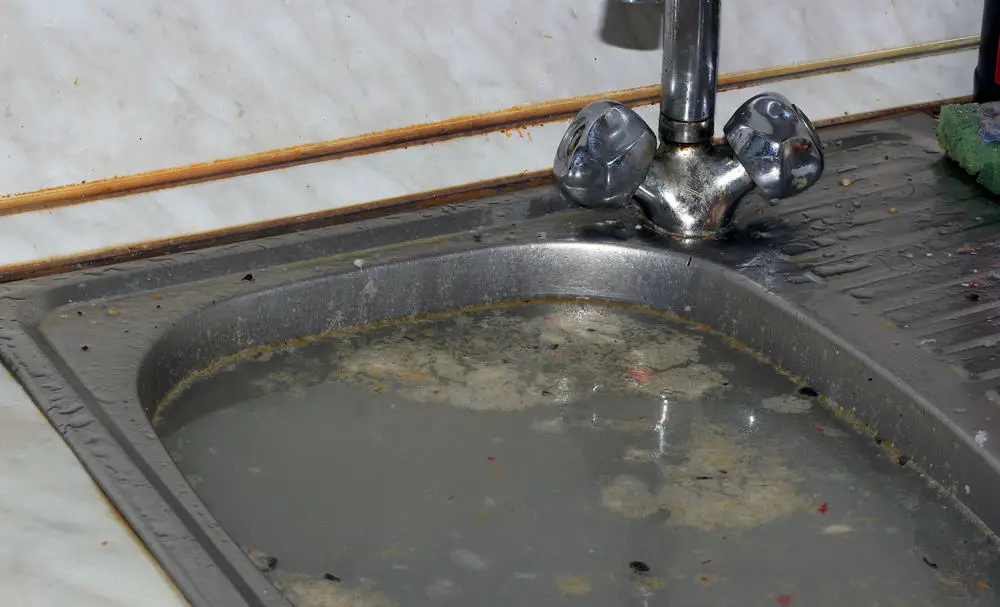 To prevent future clogs in your kitchen sink and garbage disposal, it's important to properly maintain and use them. Avoid putting large chunks of food or grease down the drain, and always run hot water after using the disposal to flush away any remaining debris. Regularly cleaning and deodorizing your garbage disposal can also help to prevent clogs.
To prevent future clogs in your kitchen sink and garbage disposal, it's important to properly maintain and use them. Avoid putting large chunks of food or grease down the drain, and always run hot water after using the disposal to flush away any remaining debris. Regularly cleaning and deodorizing your garbage disposal can also help to prevent clogs.
Conclusion
 A clogged kitchen sink with a garbage disposal can be a nuisance, but with these simple tips, you can easily unclog it and get back to your daily routine. Remember to always use caution when working with a garbage disposal and to properly maintain it to prevent future clogs. By following these steps, you can keep your kitchen sink and garbage disposal functioning properly and avoid any potential plumbing issues.
A clogged kitchen sink with a garbage disposal can be a nuisance, but with these simple tips, you can easily unclog it and get back to your daily routine. Remember to always use caution when working with a garbage disposal and to properly maintain it to prevent future clogs. By following these steps, you can keep your kitchen sink and garbage disposal functioning properly and avoid any potential plumbing issues.


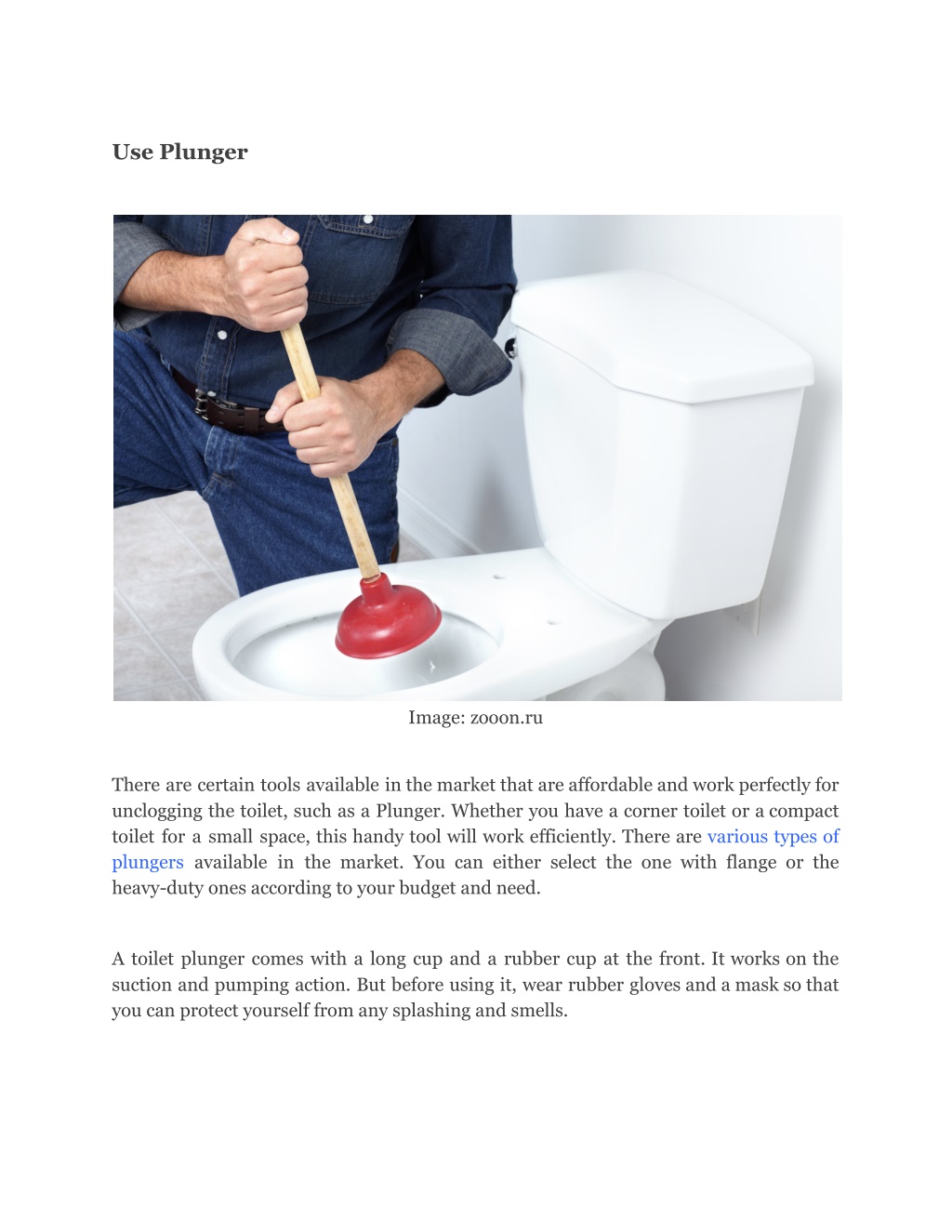
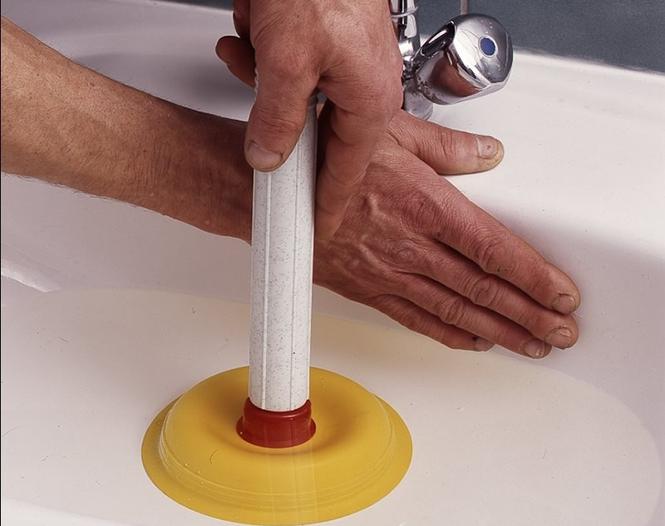

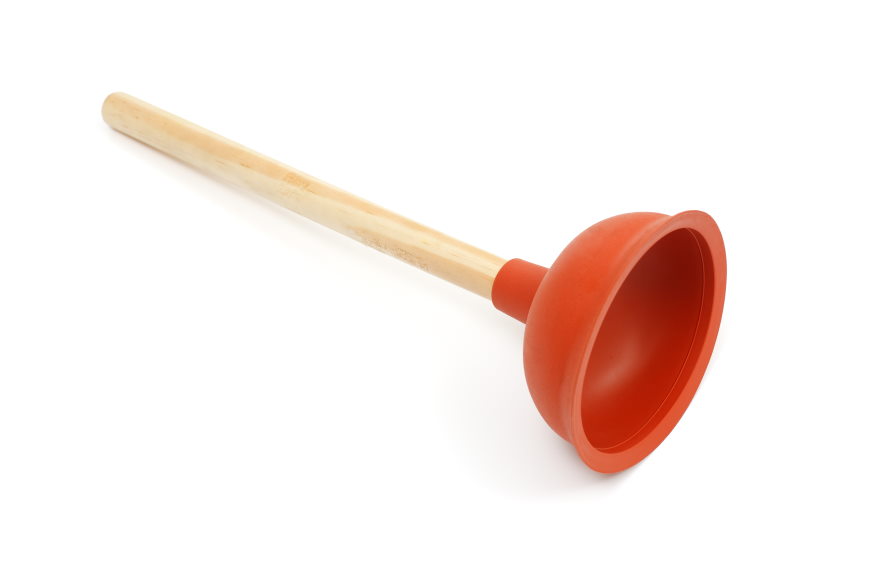

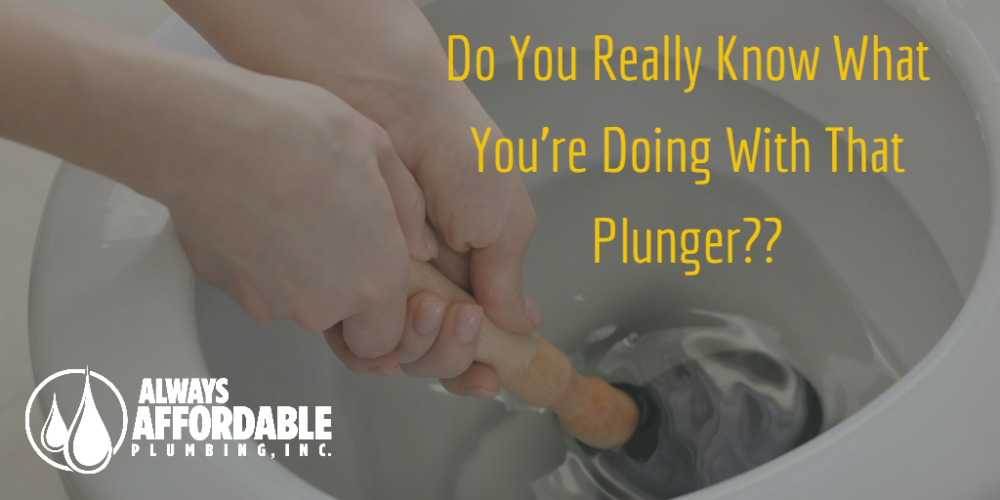
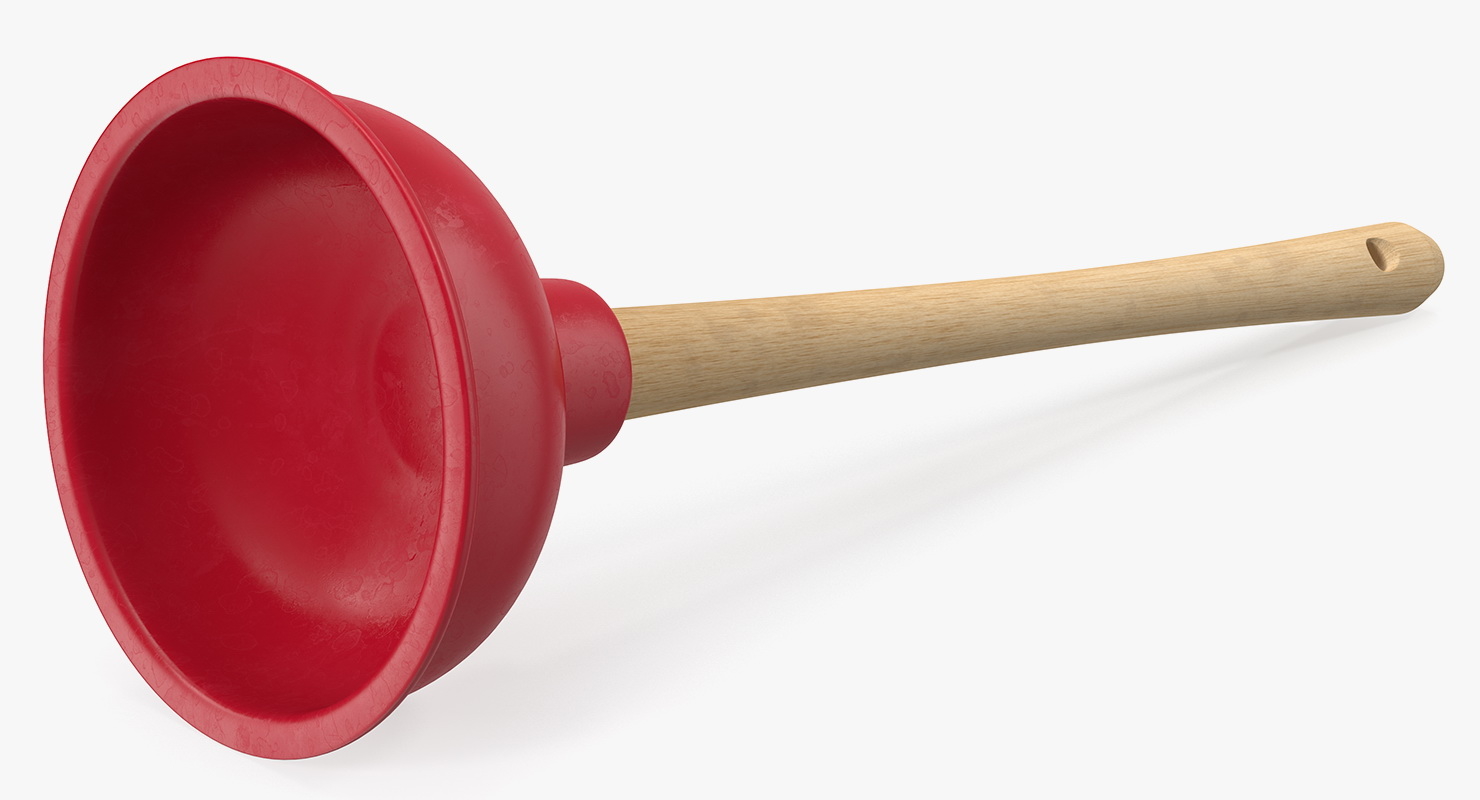

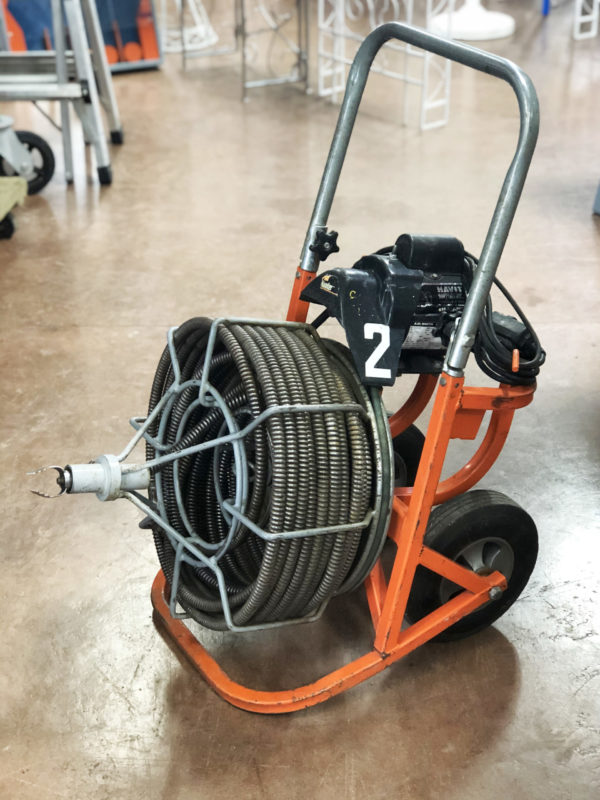


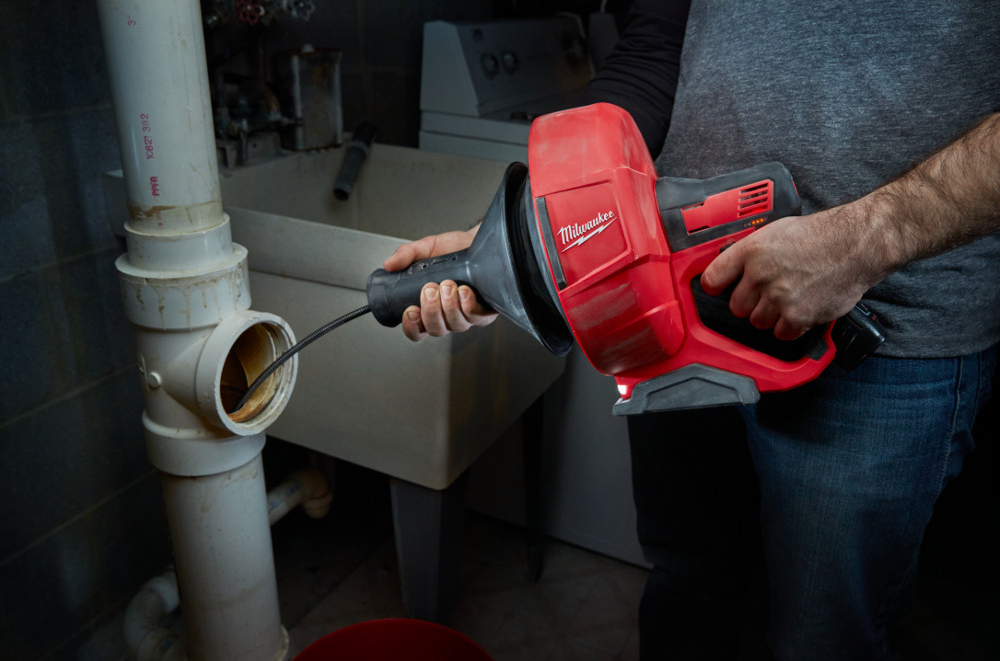
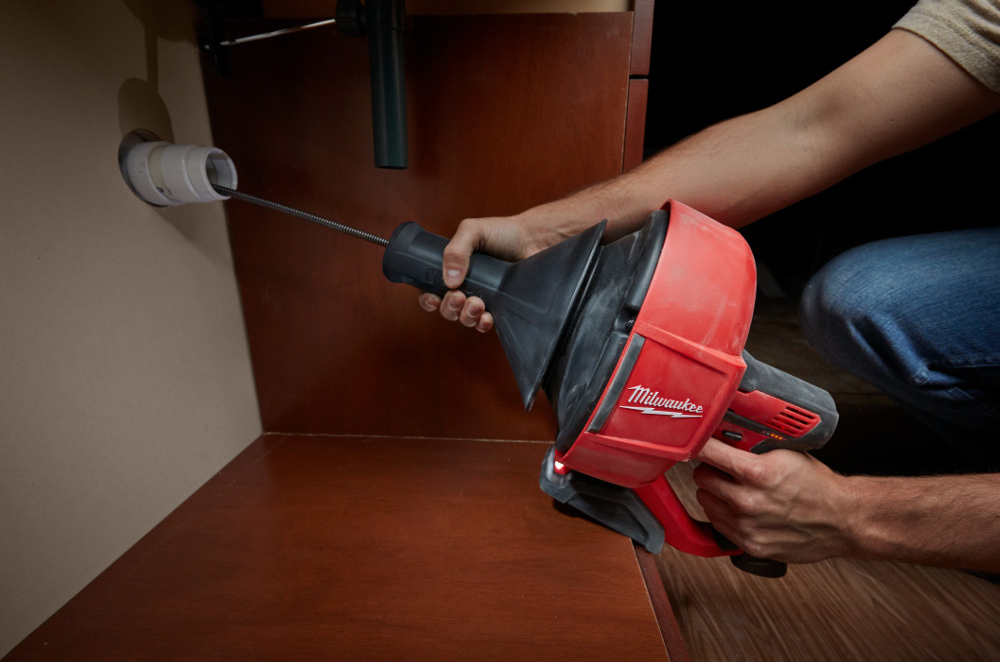
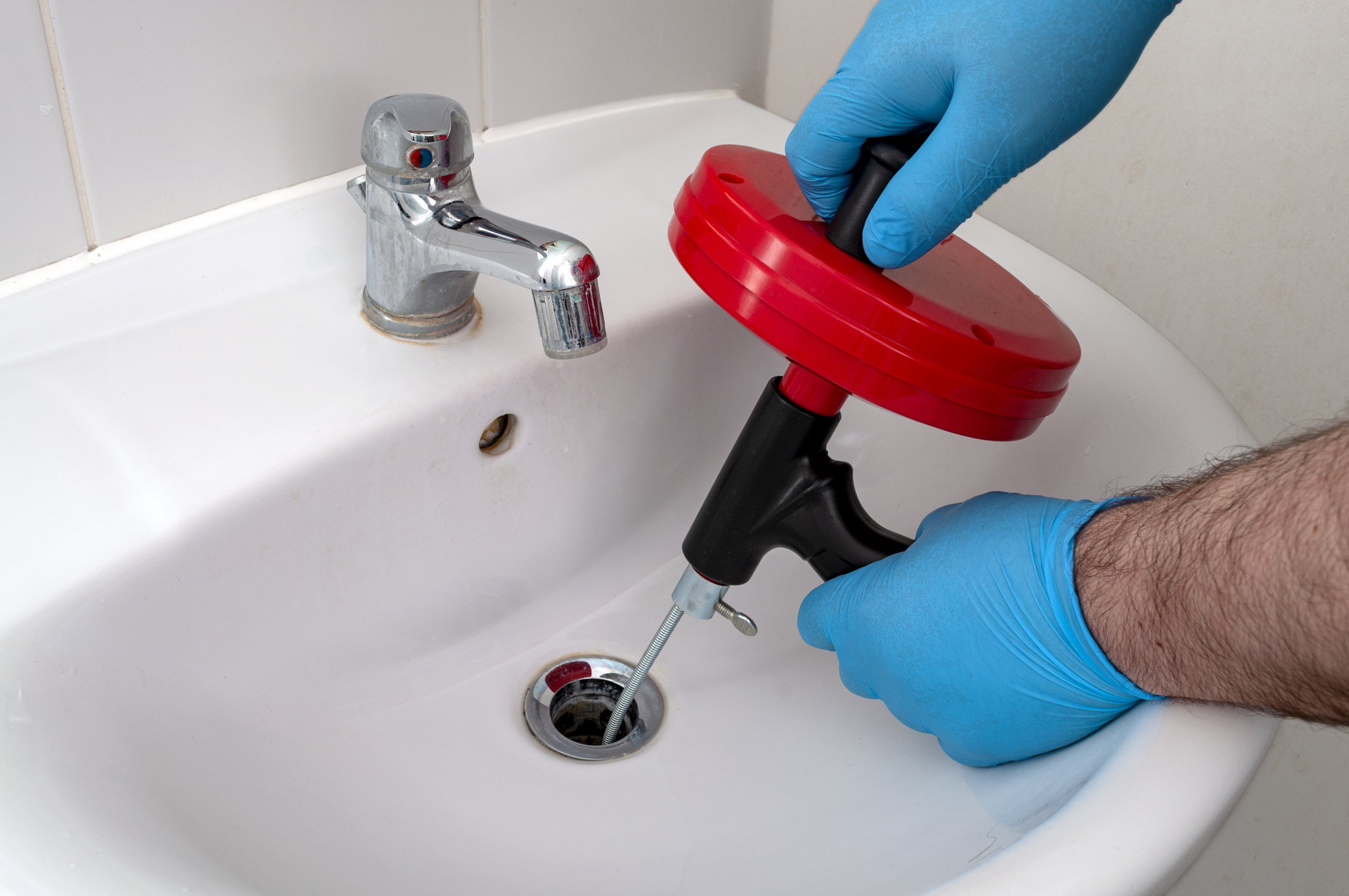

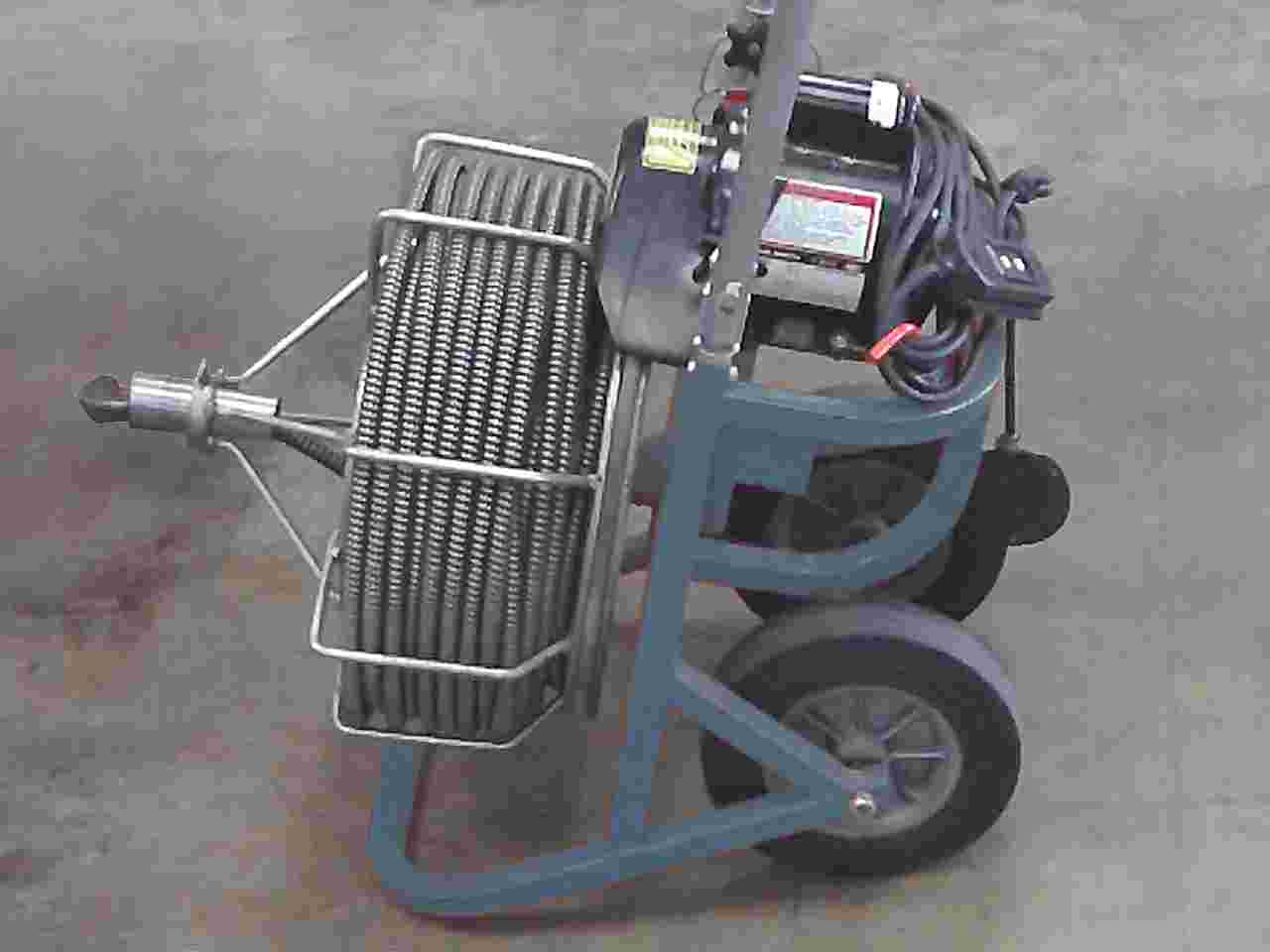

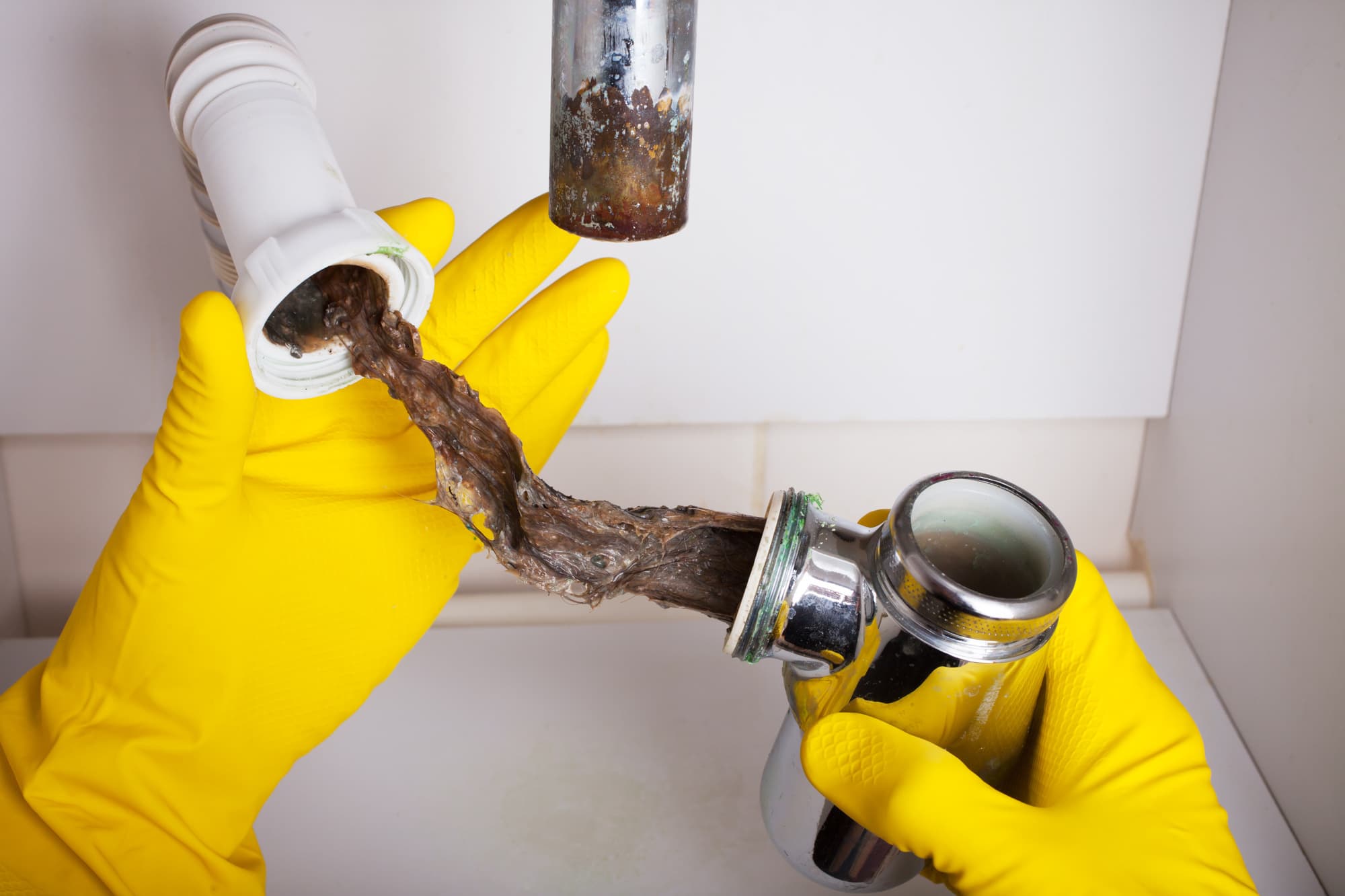





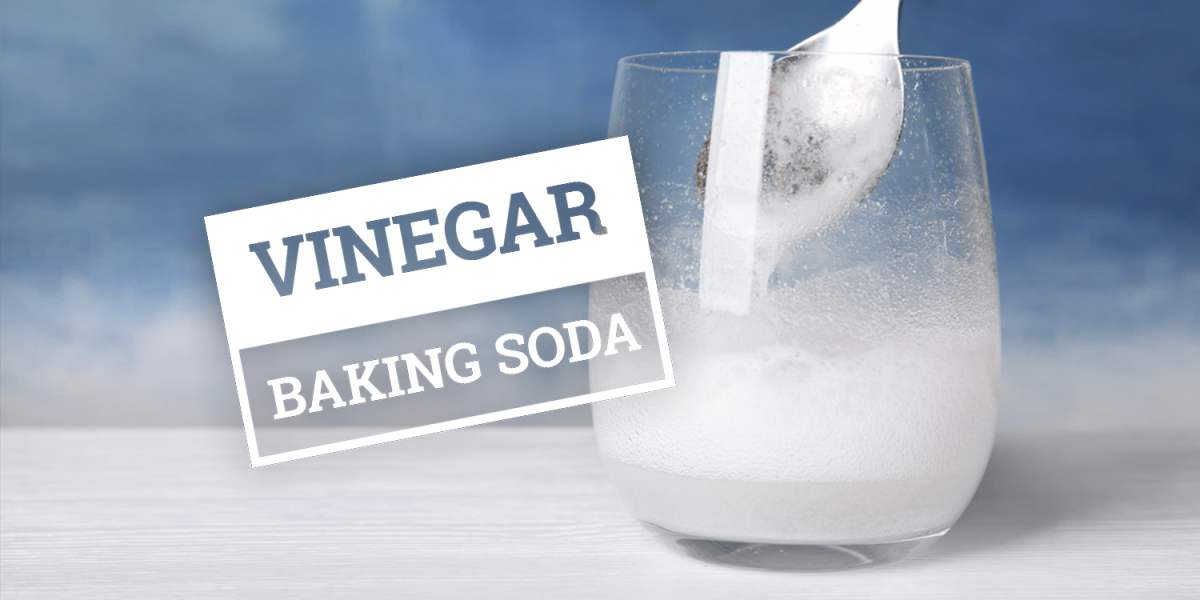

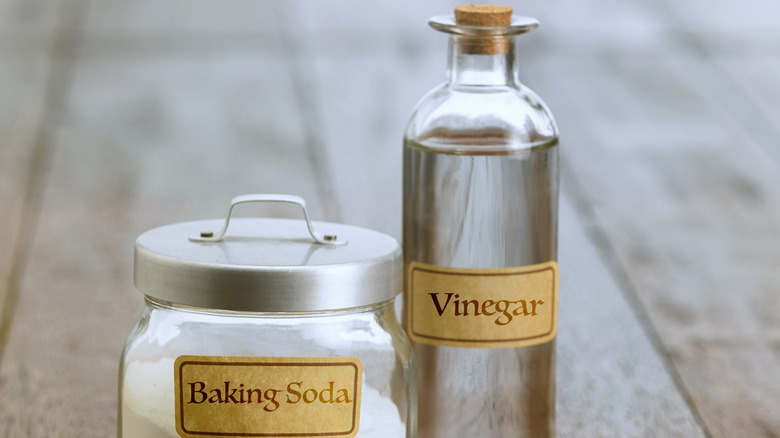


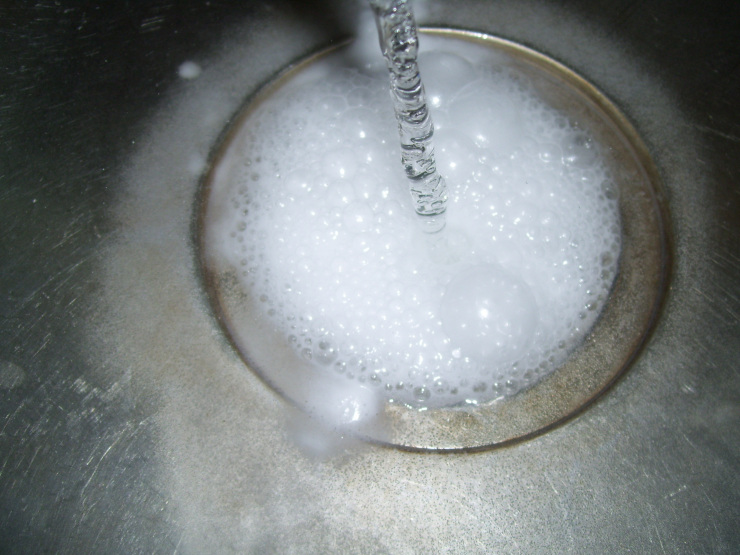







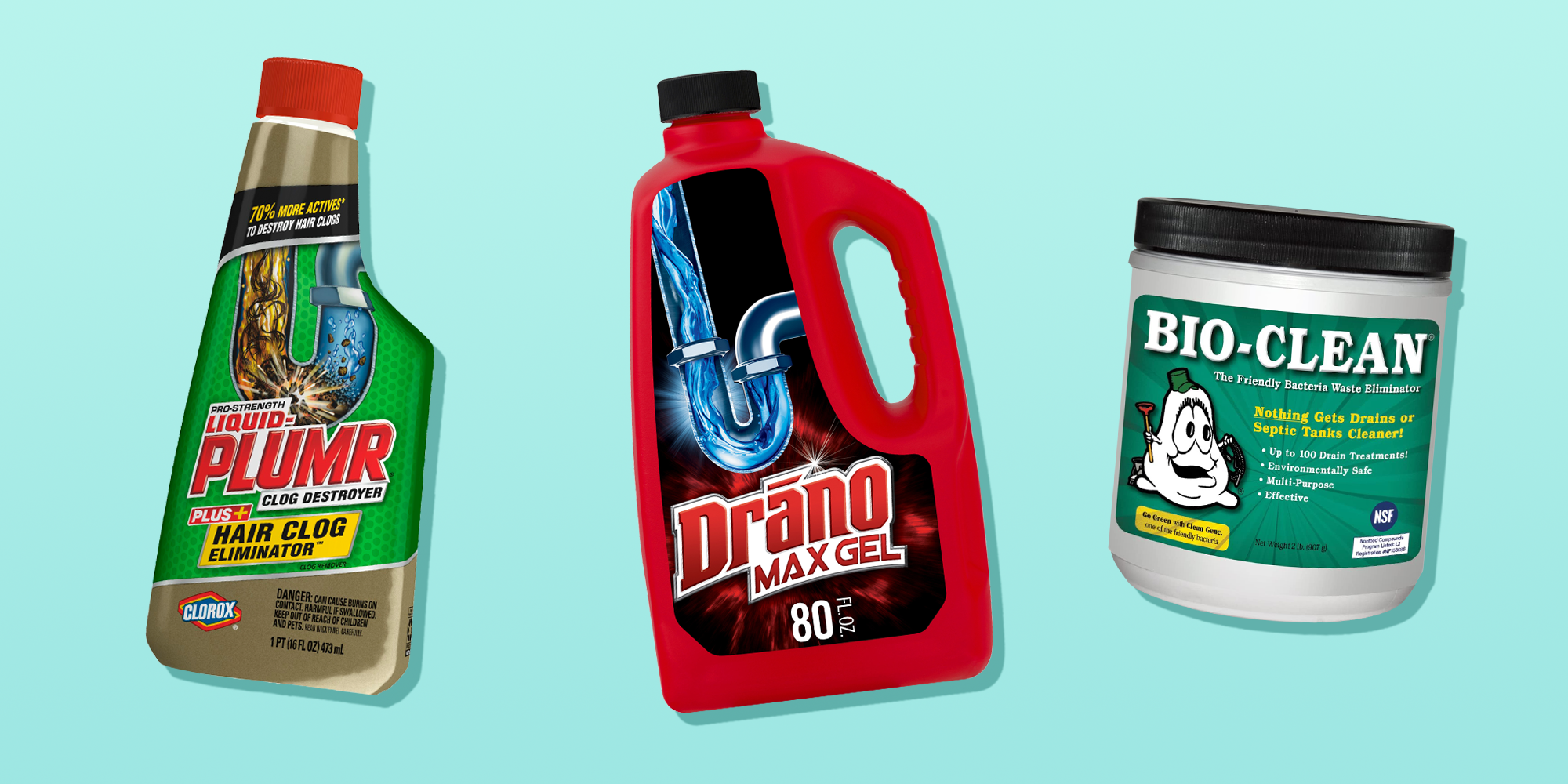

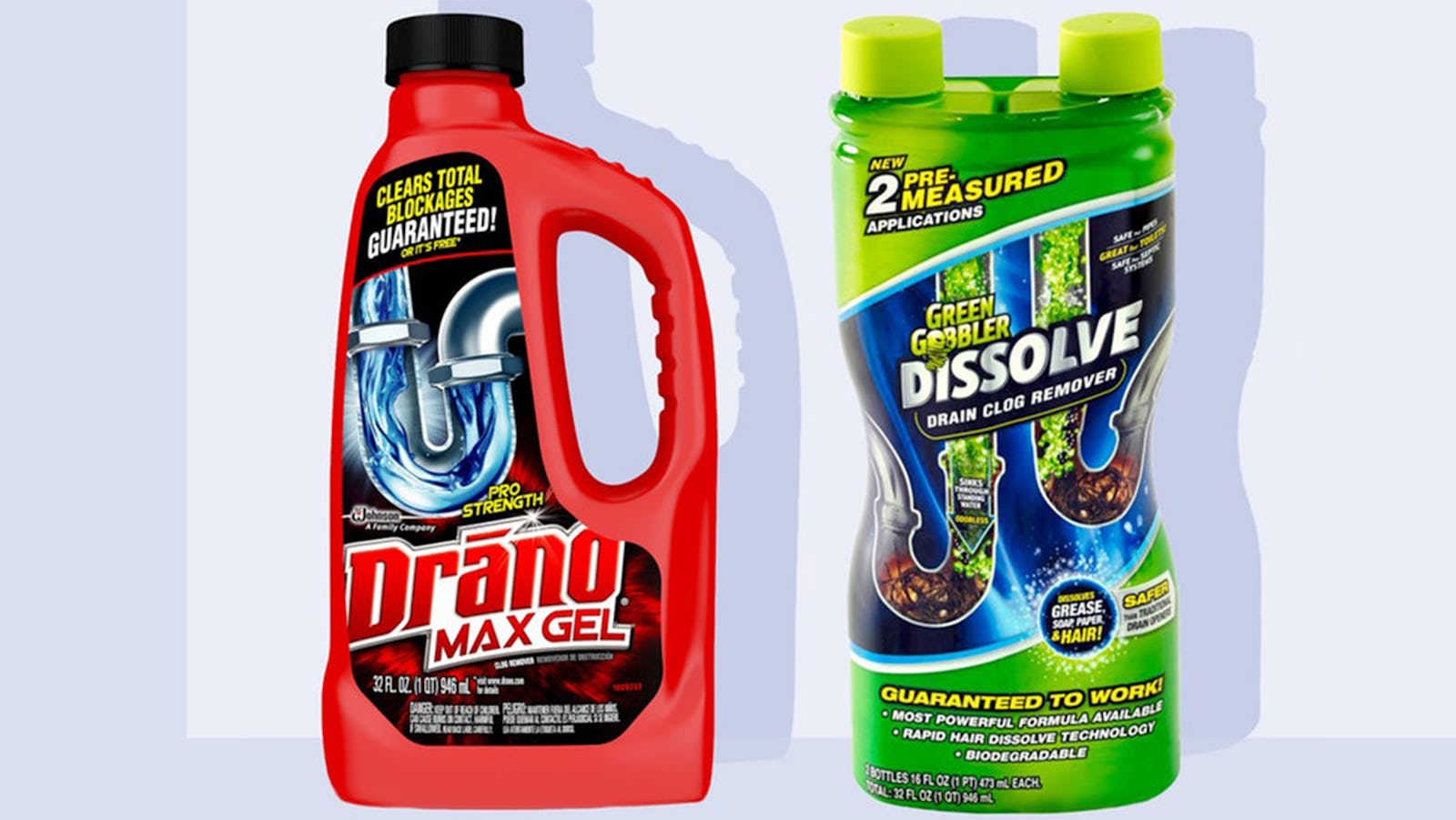

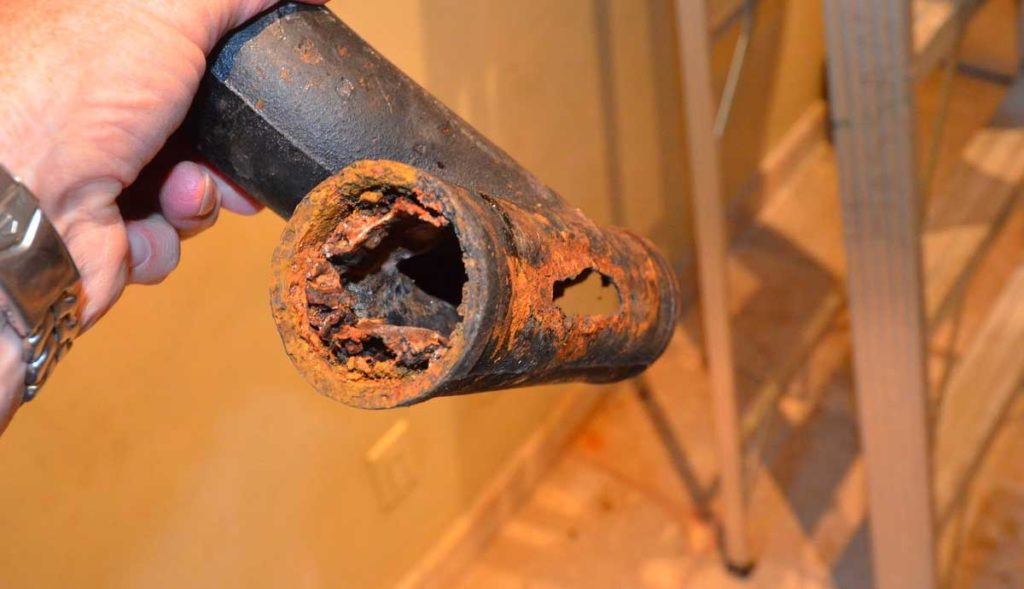

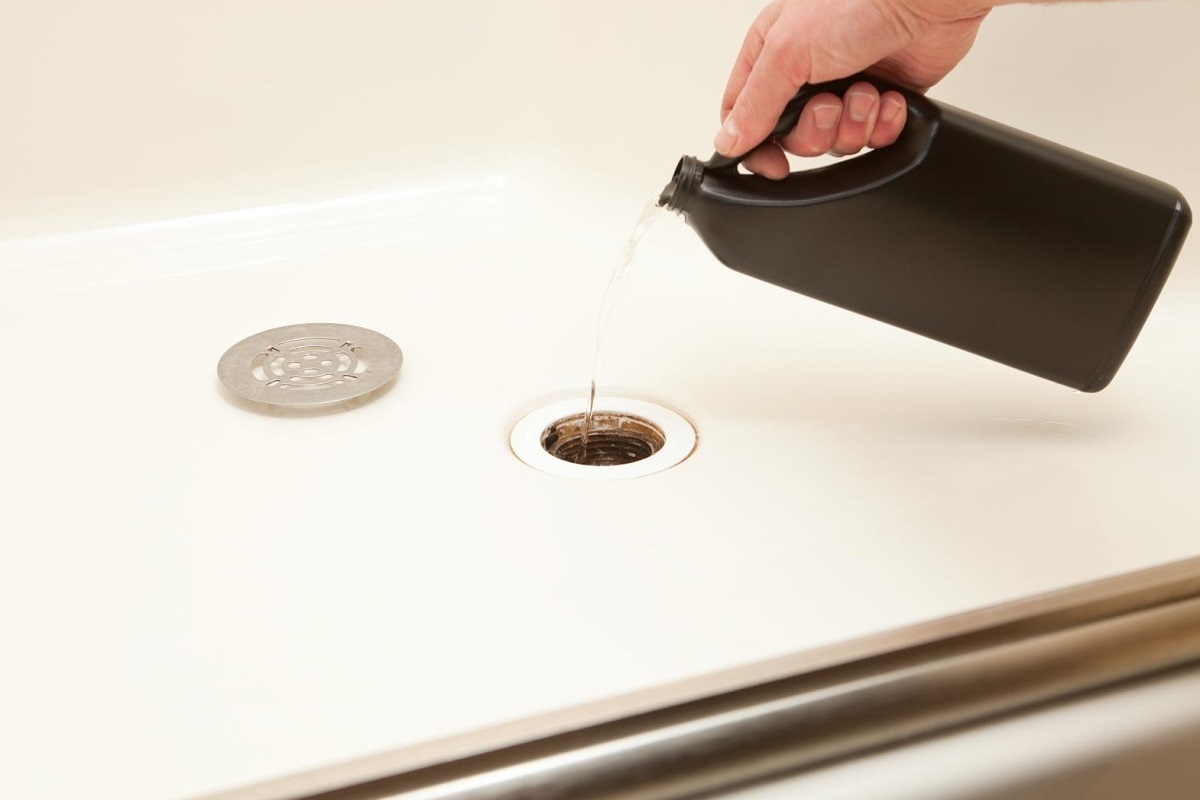







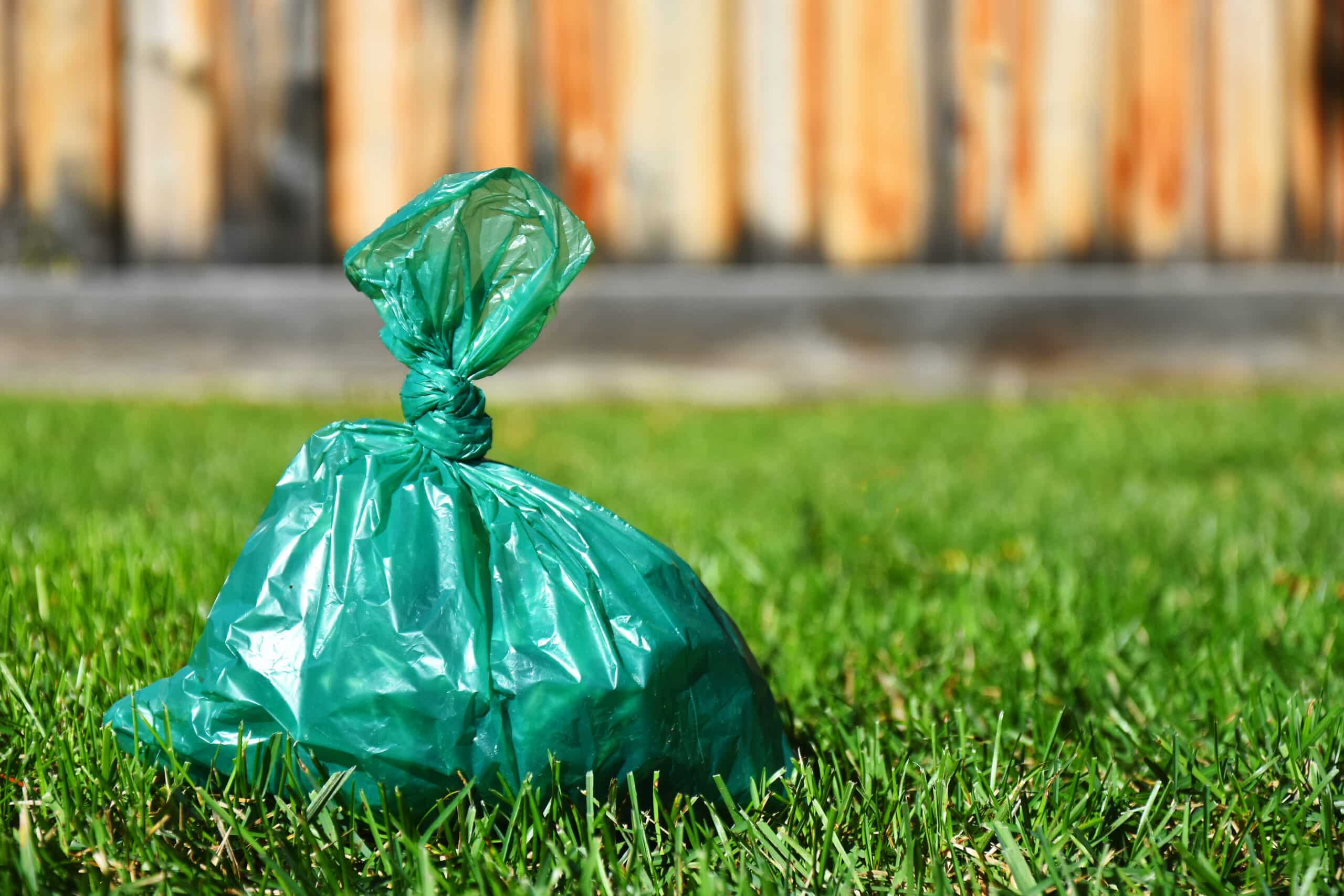
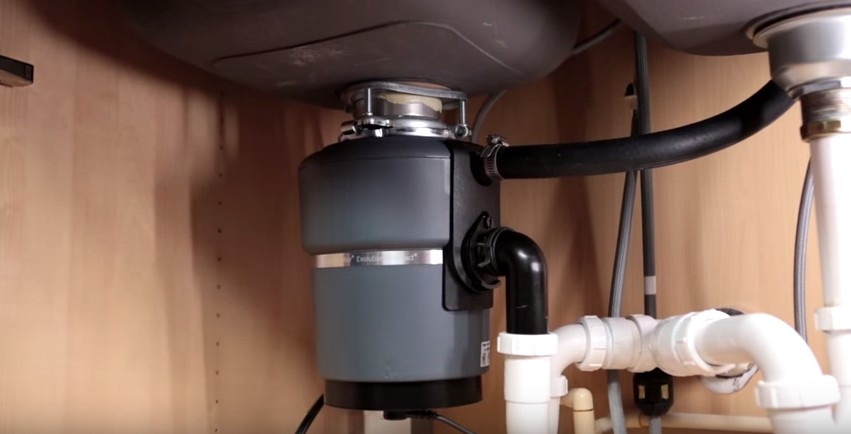
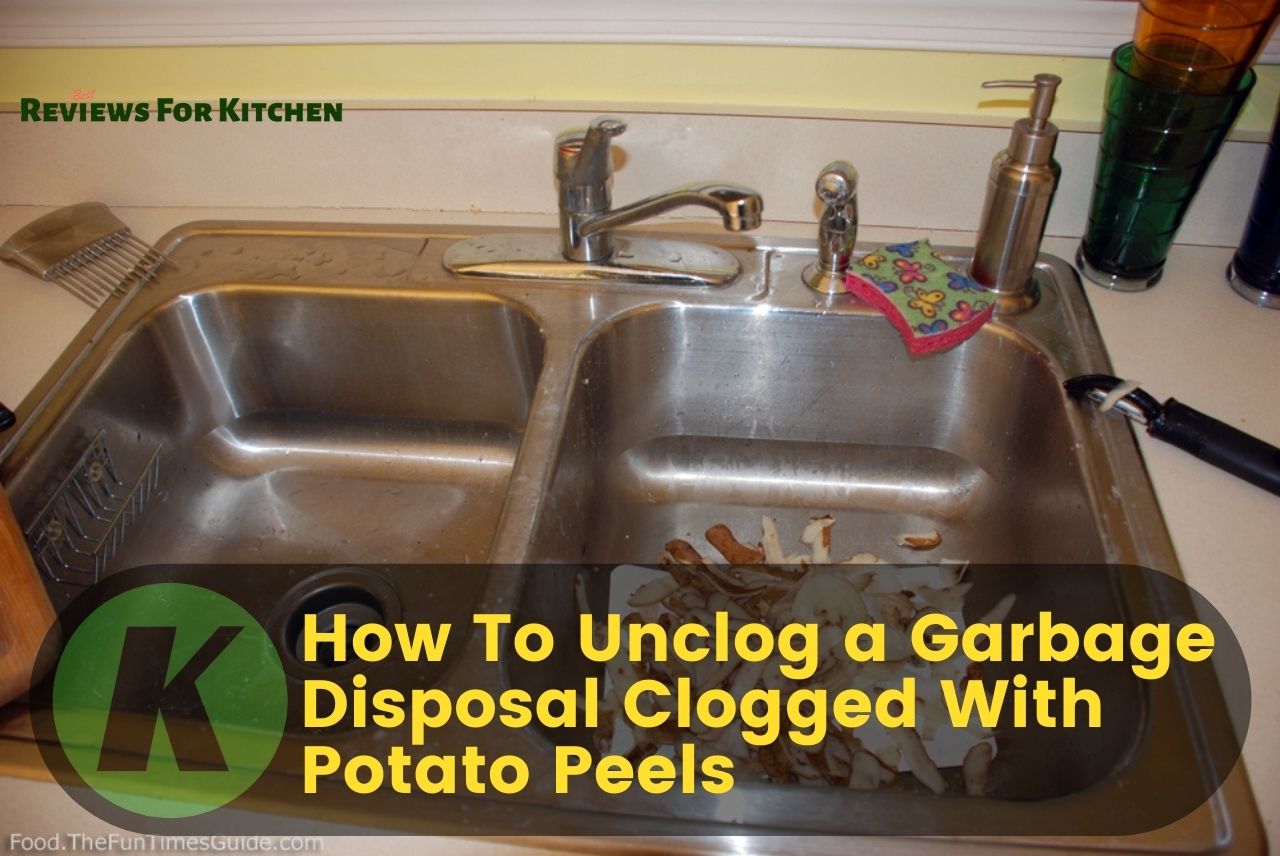






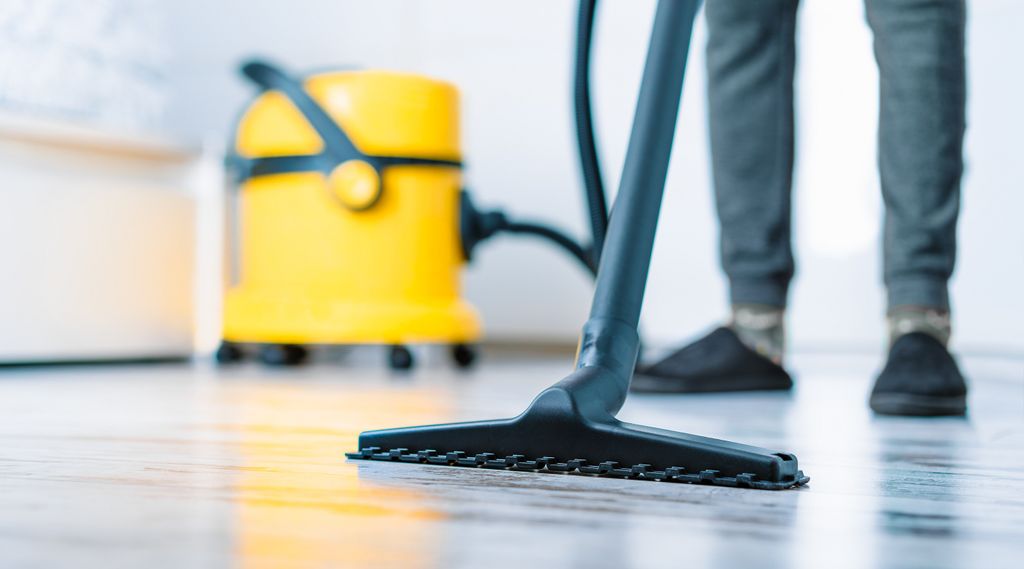










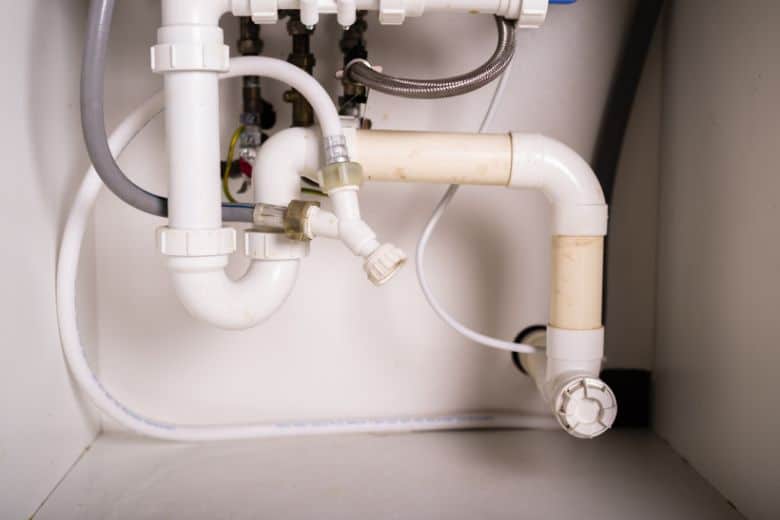

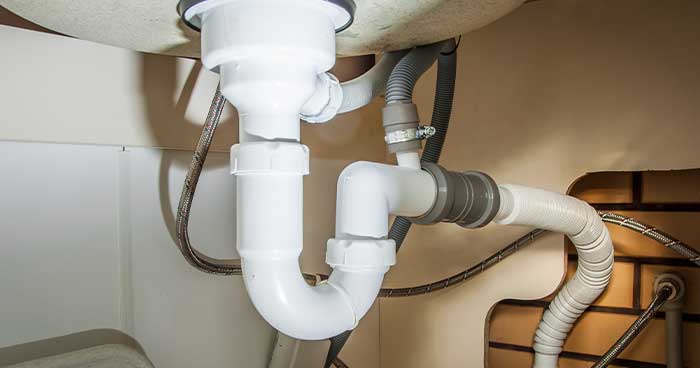

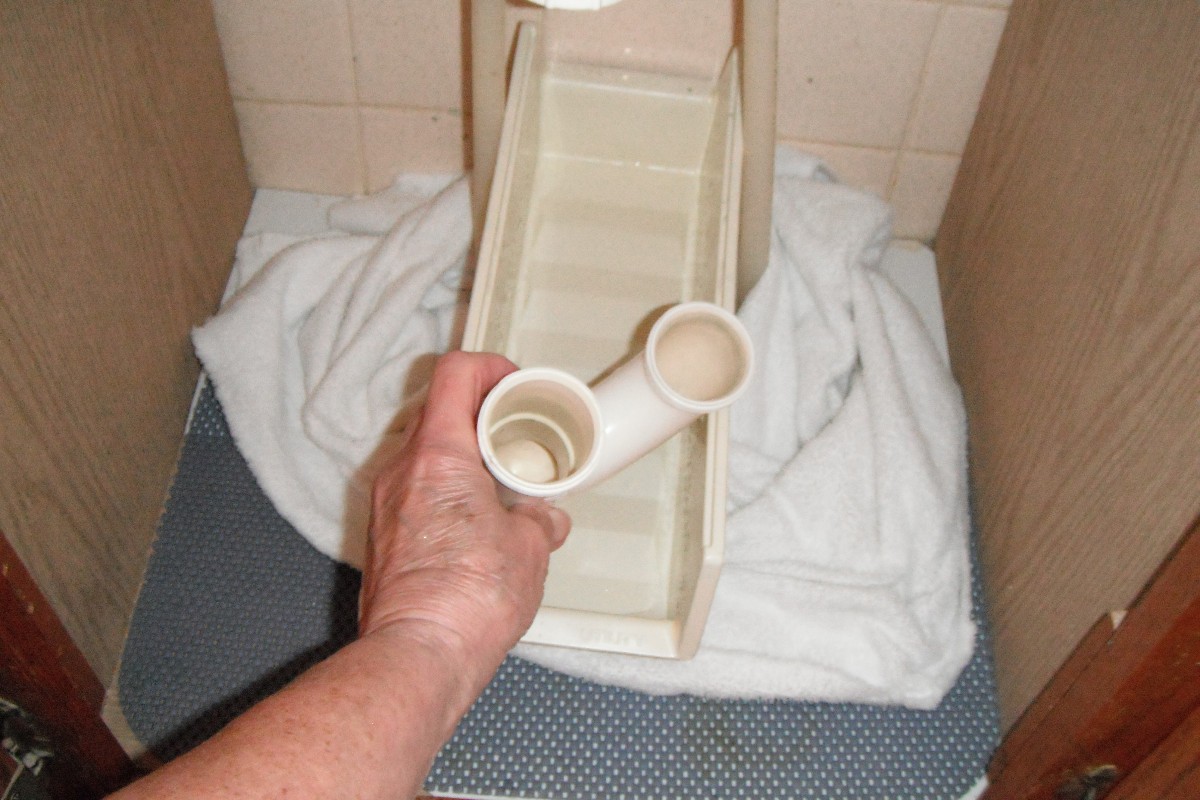
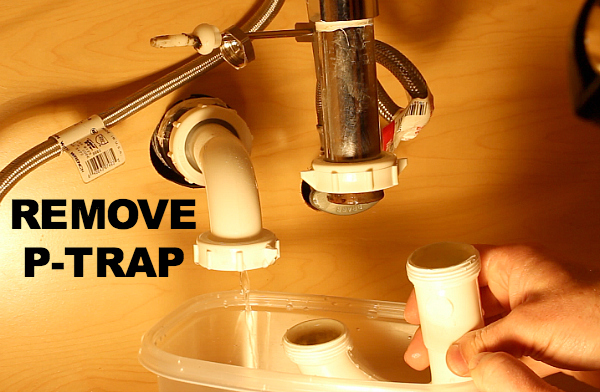
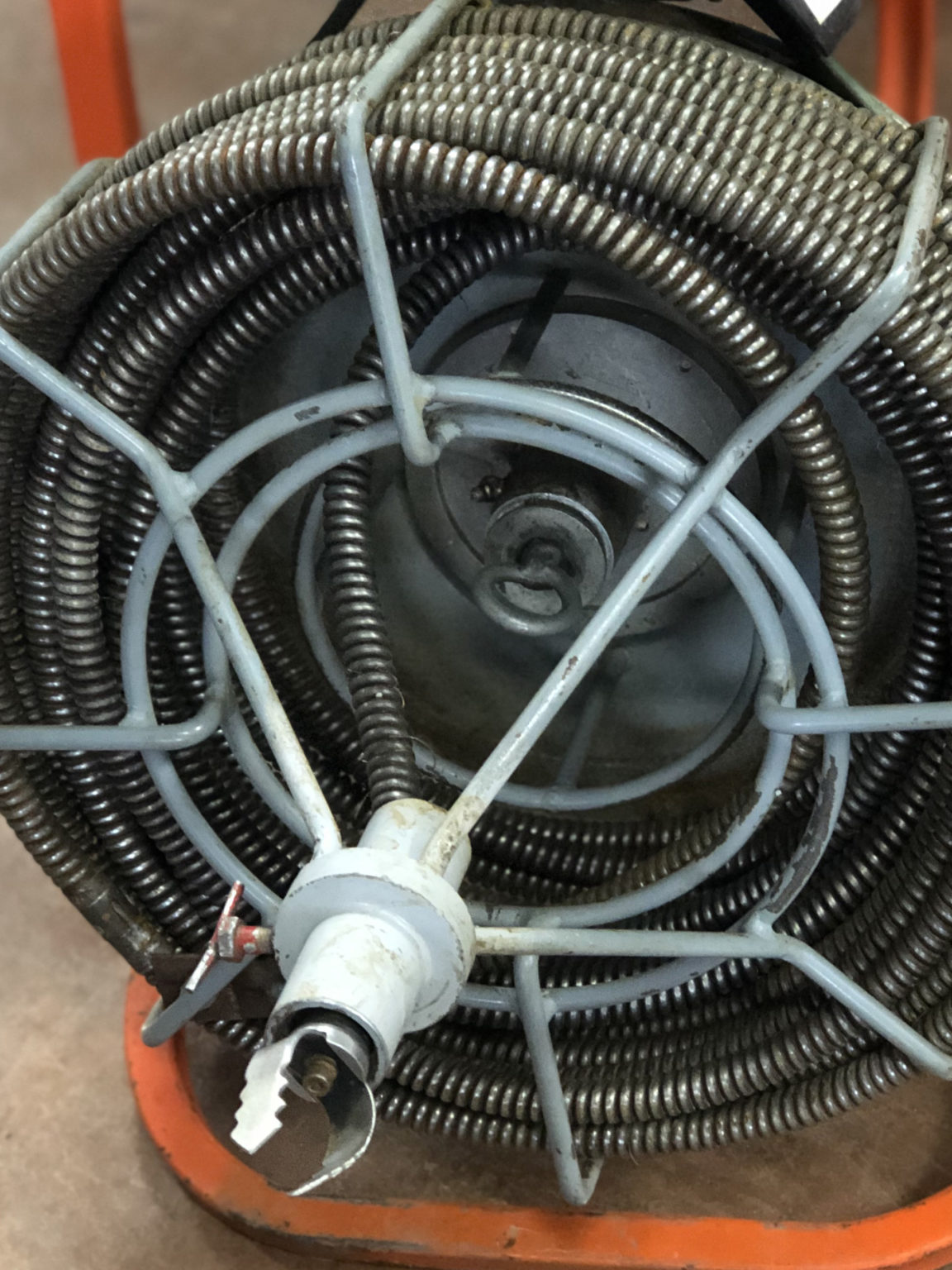

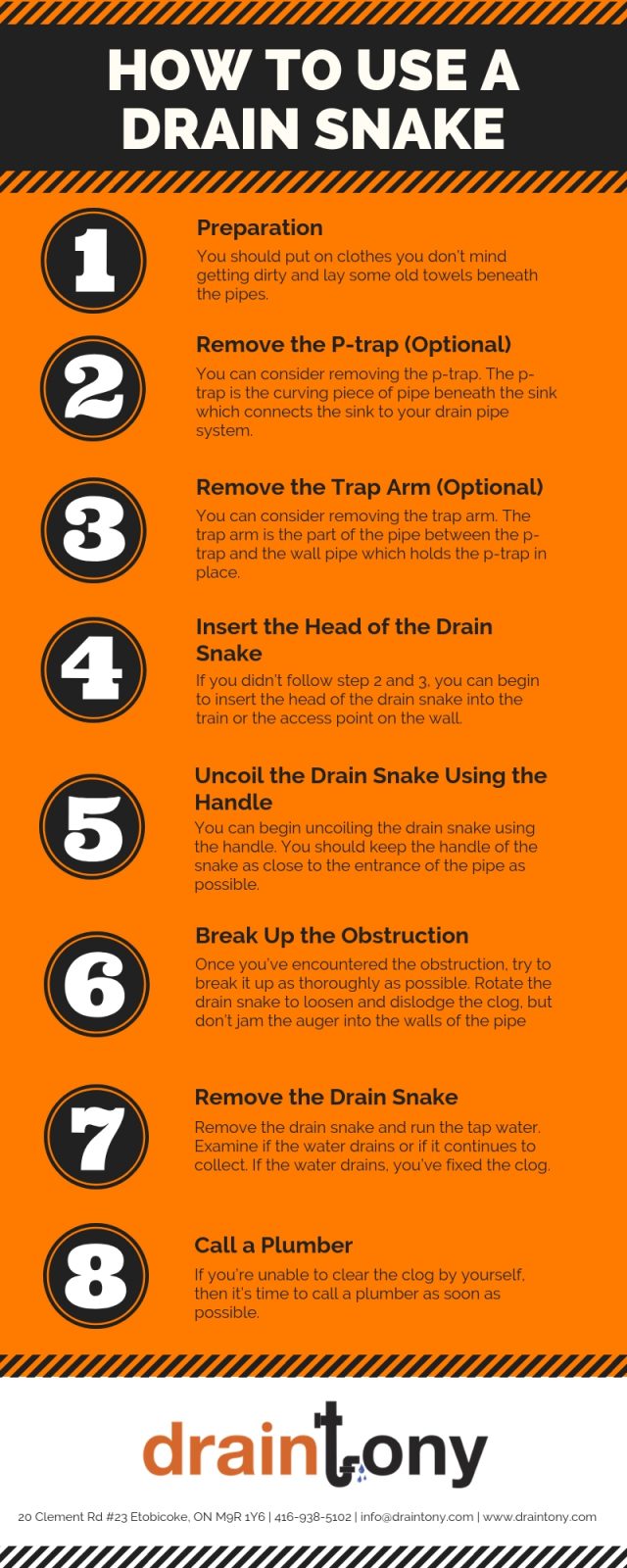

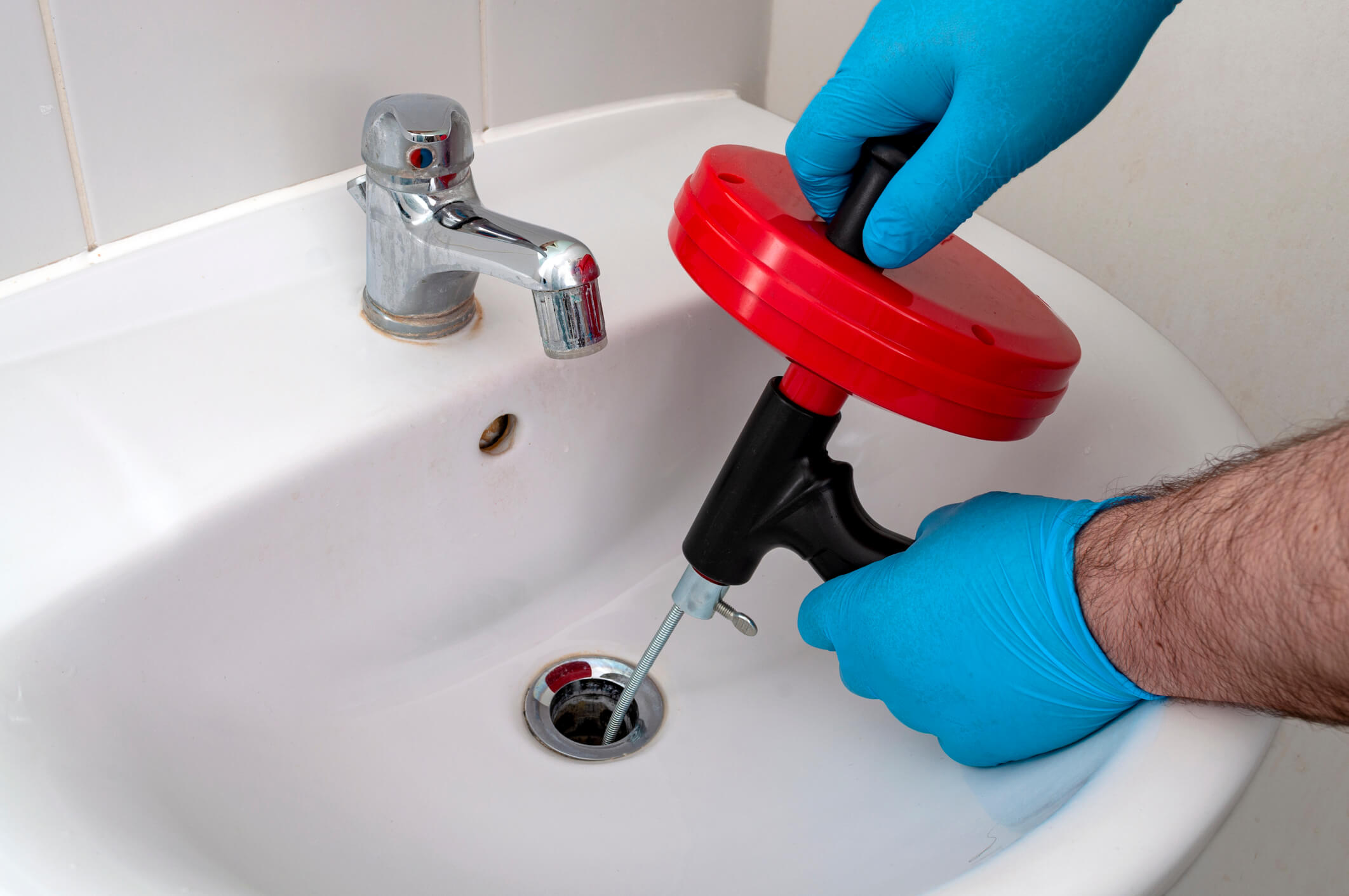
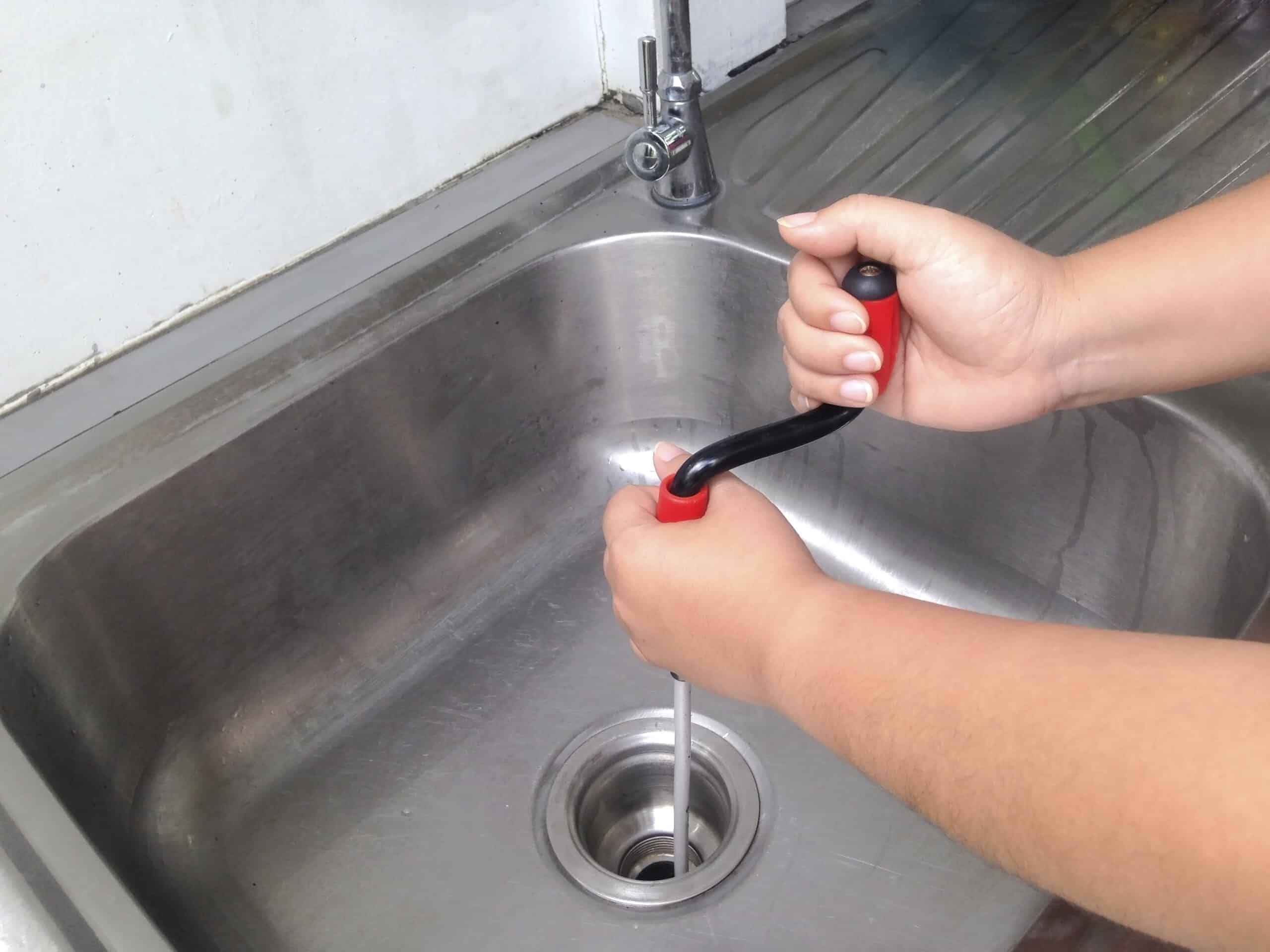



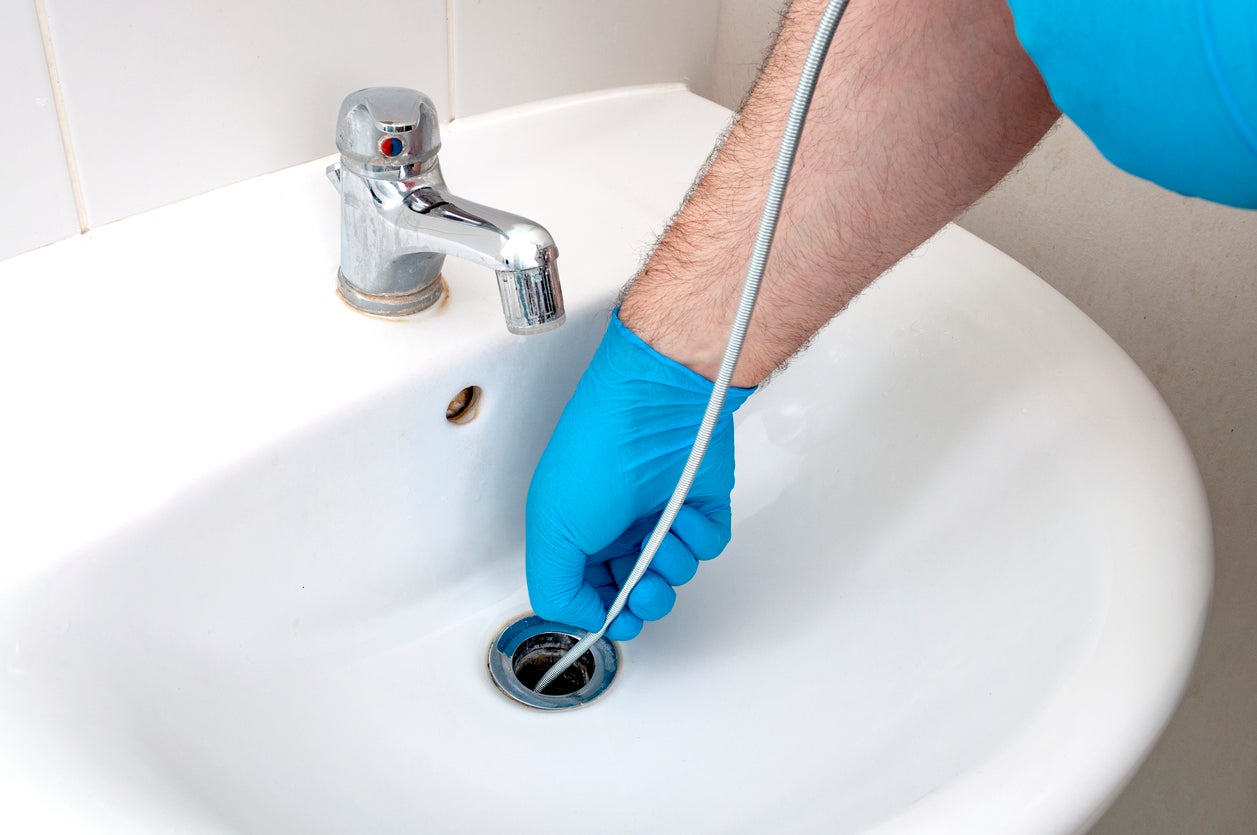



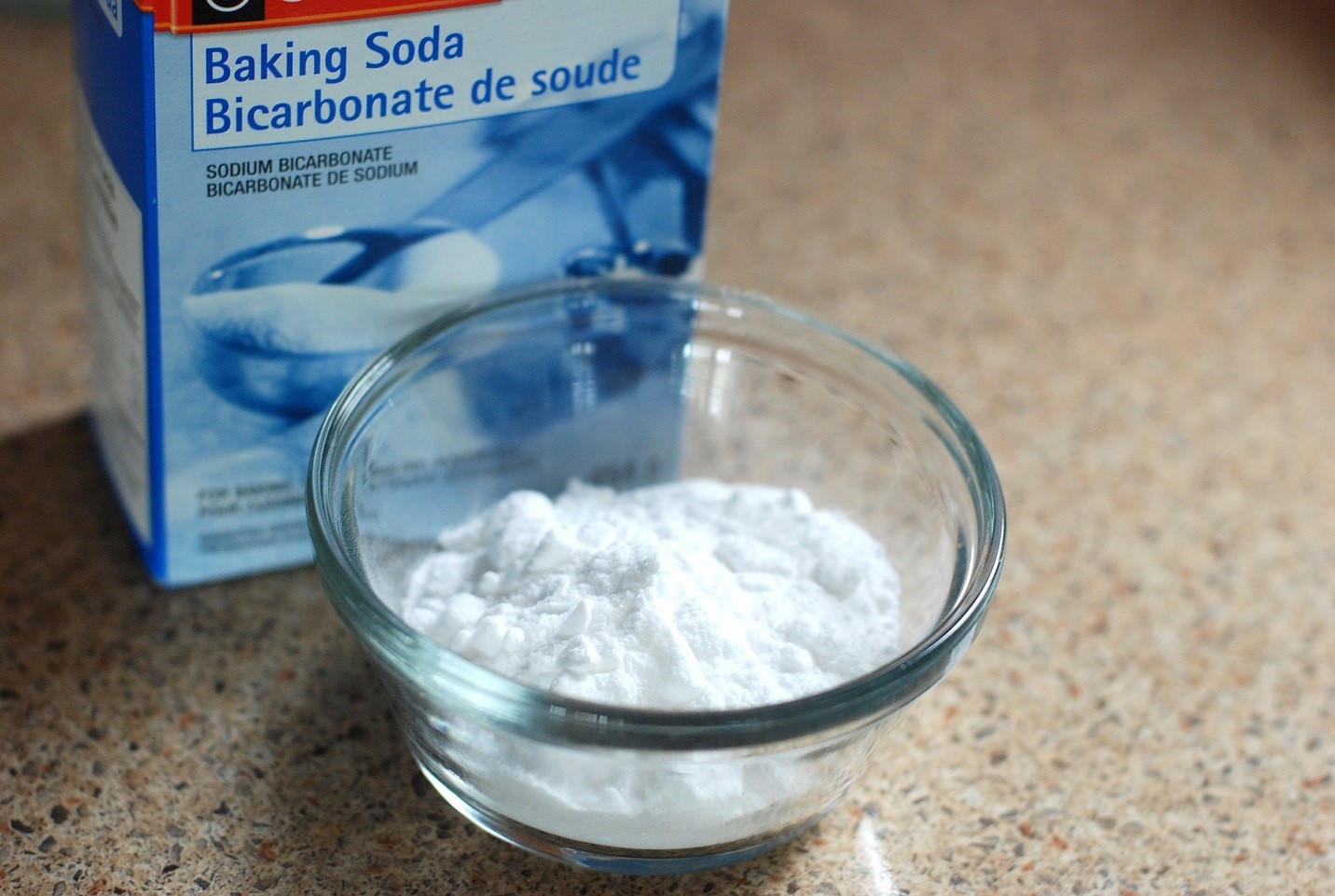

:max_bytes(150000):strip_icc()/freshen-and-unclog-drain-with-baking-soda-1900466-18-1a5b5da01939471ca8f8823865bd1ce8.jpg)
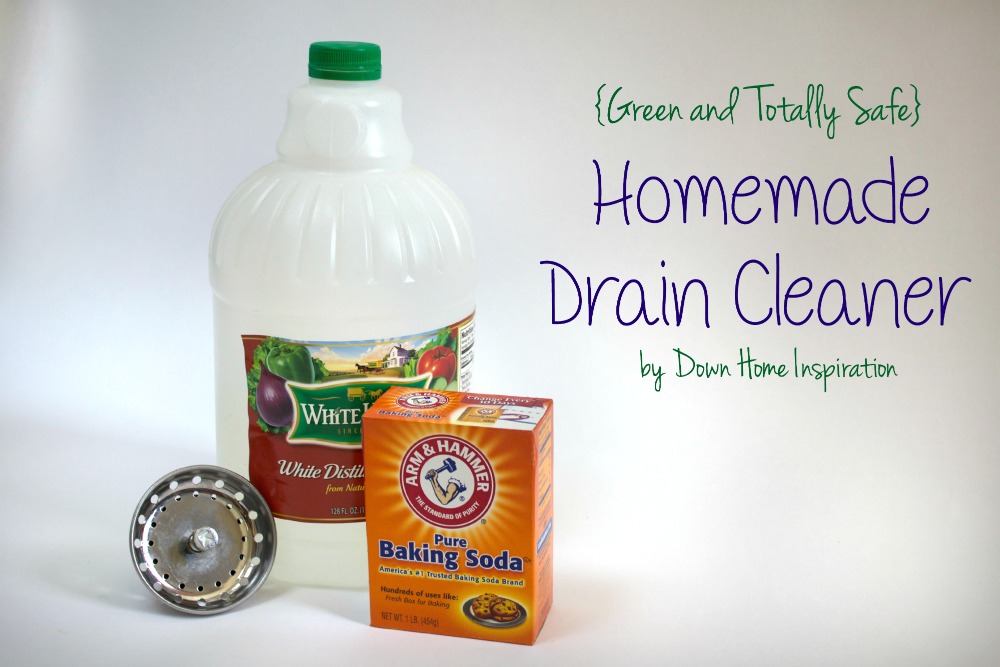

:max_bytes(150000):strip_icc()/freshen-and-unclog-drain-with-baking-soda-1900466-22-bbf940b70afa4d5abef0c54da23b1d3f.jpg)

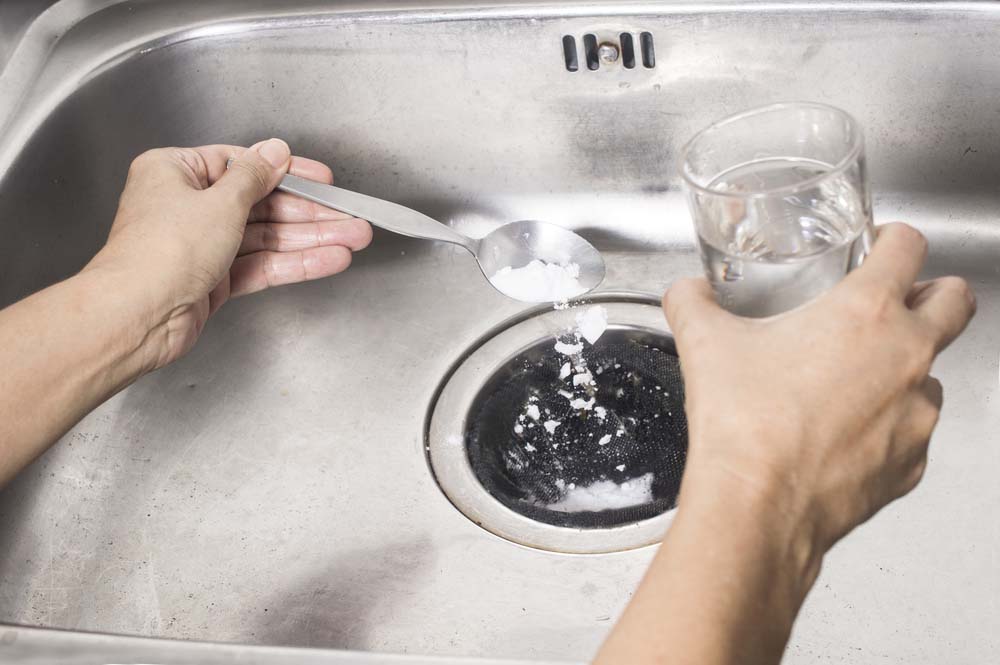
:max_bytes(150000):strip_icc()/freshen-and-unclog-drain-with-baking-soda-1900466-15-166f69a0d4ee4cad85a0f221bf3fdcd0.jpg)


